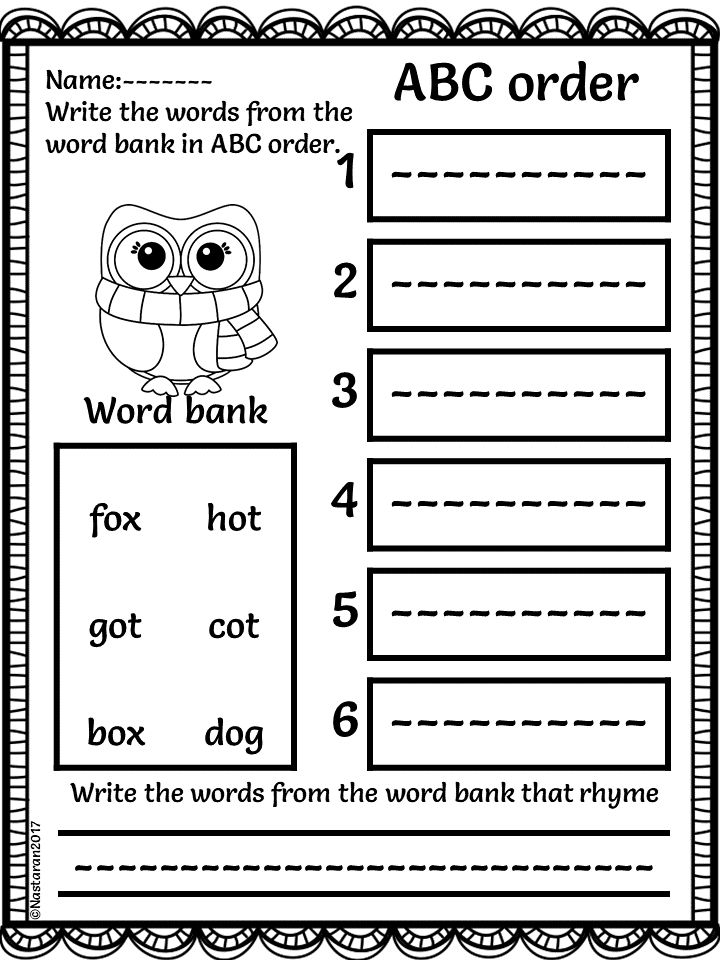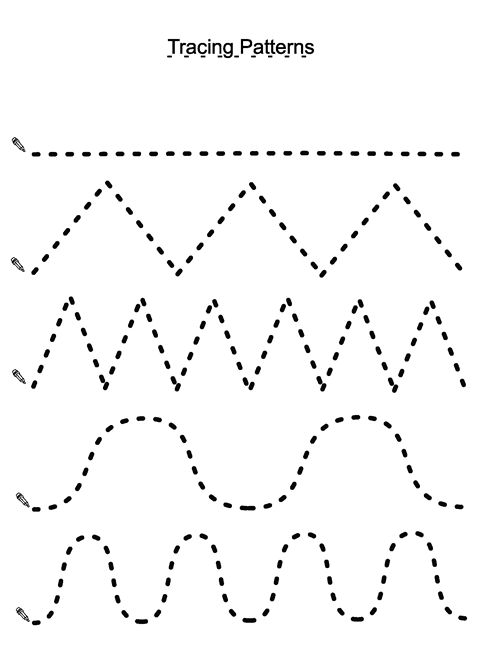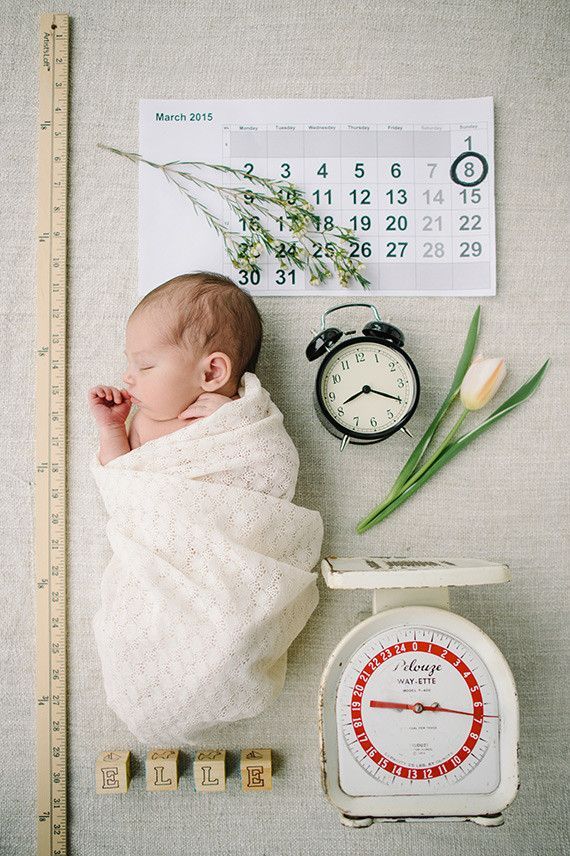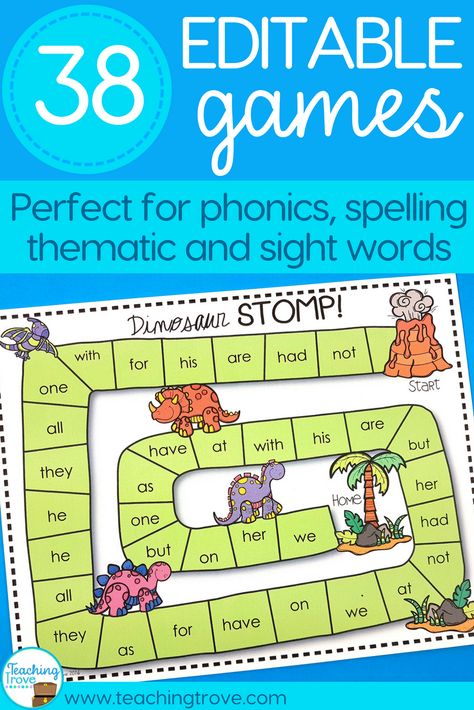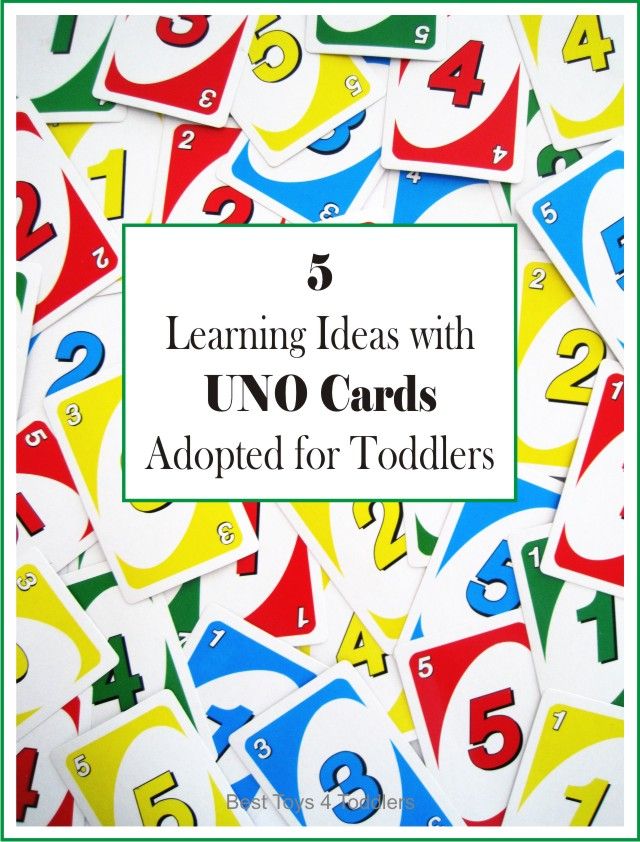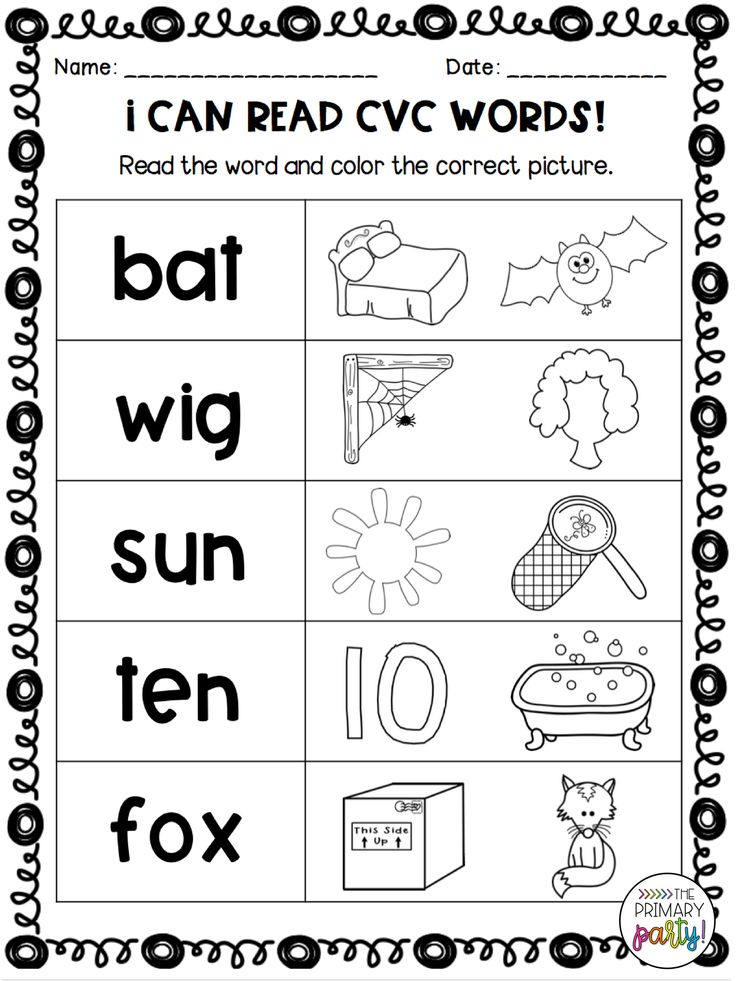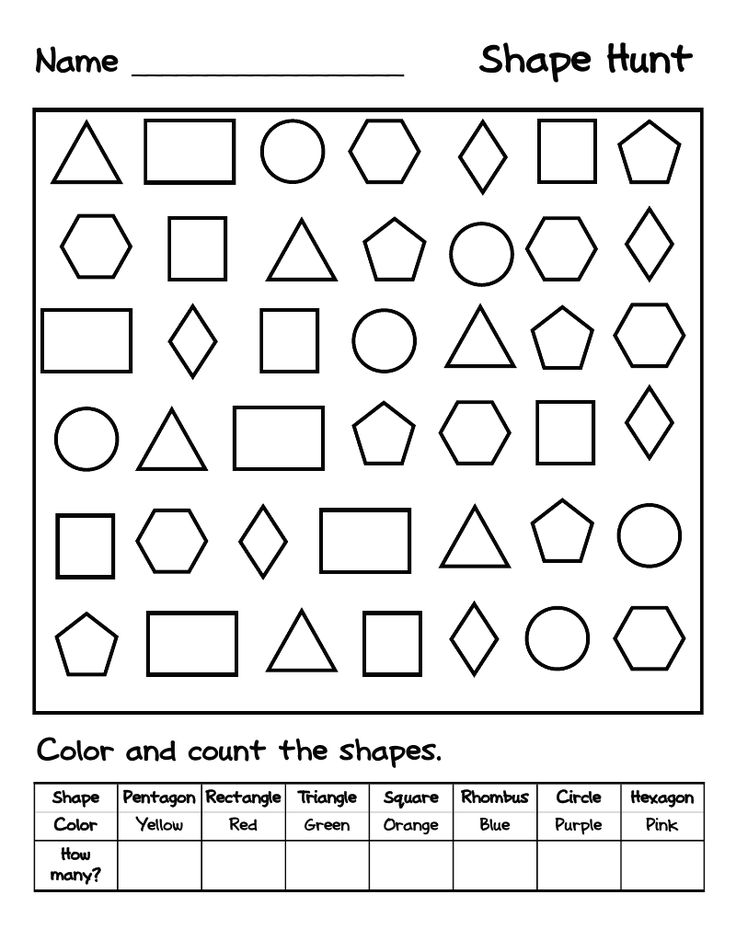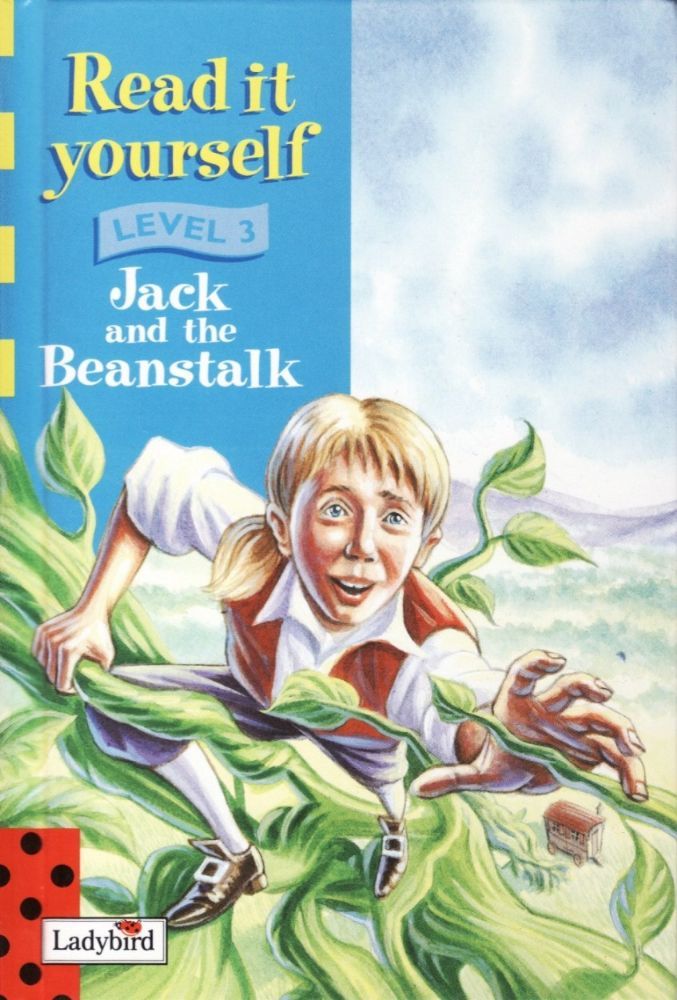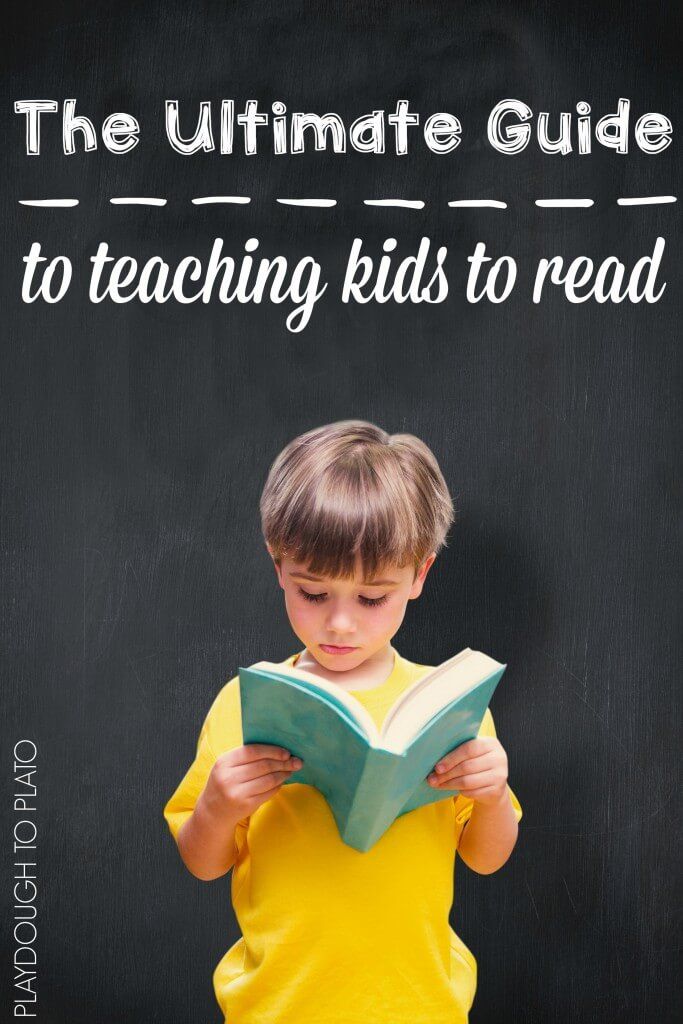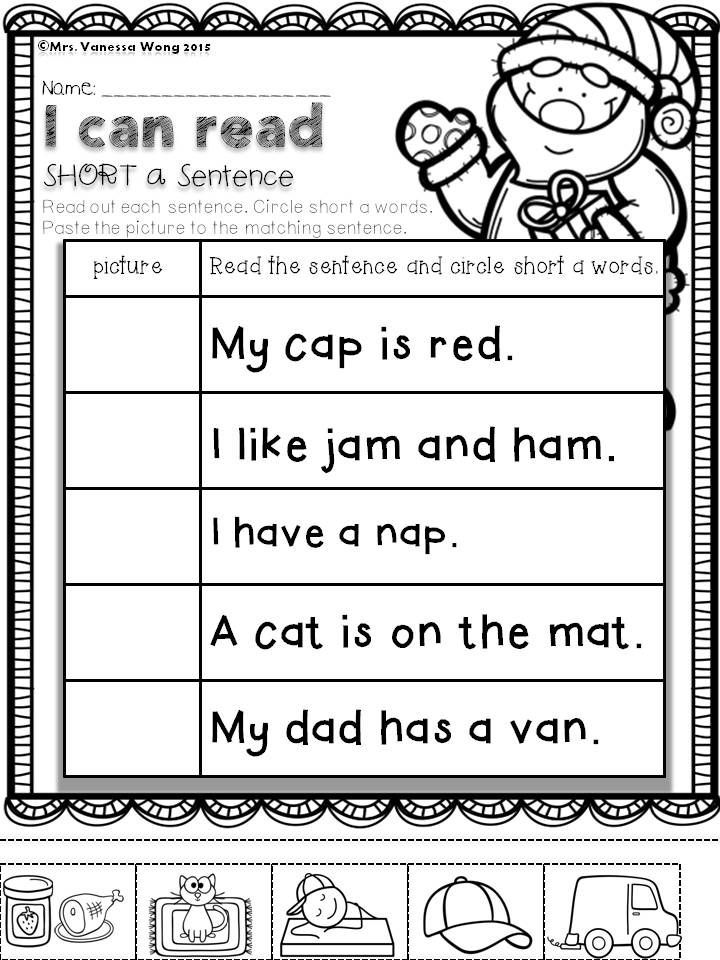Learning to read first grade
First grade is critical for reading skills, but some kids are way behind
AUSTIN, Texas — Most years, by the third week of first grade, Heather Miller is working with her class on writing the beginning, middle and end of simple words. This year, she had to backtrack — all the way to the letter “H.”
This story also appeared in USA Today“Do we start at the bottom or do we start at the top?” Miller asked as she stood in front of her class at Doss Elementary.
“Top!” chorused a few voices.
“When I do an H, I do a straight line down, another straight line down and then I cross in the middle,” Miller said, demonstrating on a projector in a front corner of the classroom.
Her 25 students set to work on their own. Some got it right away. One student watched his tablemate before slowly copying down his own H’s. Another tested her own way of writing the letter: one line down, cross in the middle, then another line down. “Your paper is upside down, let’s turn it,” Miller said to a student who was trying to write letters while leaning sideways, almost out of her seat.
In classrooms across the country, the first months of school this fall have laid bare what many in education feared: Students are way behind in skills they should have mastered already.
Children in early elementary school have had their most formative first few years of education disrupted by the pandemic, years when they learn basic math and reading skills and important social-emotional skills, like how to get along with peers and follow routines in a classroom.
While experts say it’s likely these students will catch up in many skills, the stakes are especially high around literacy. Research shows if children are struggling to read at the end of first grade, they are likely to still be struggling as fourth graders. And in many states with third grade reading “gates” in place, students could be at risk of getting held back if they haven’t caught up within a few years.
40 percent — The number of first grade students “well below grade level” in reading in 2020, compared with 27 percent in 2019, according to Amplify Education Inc.
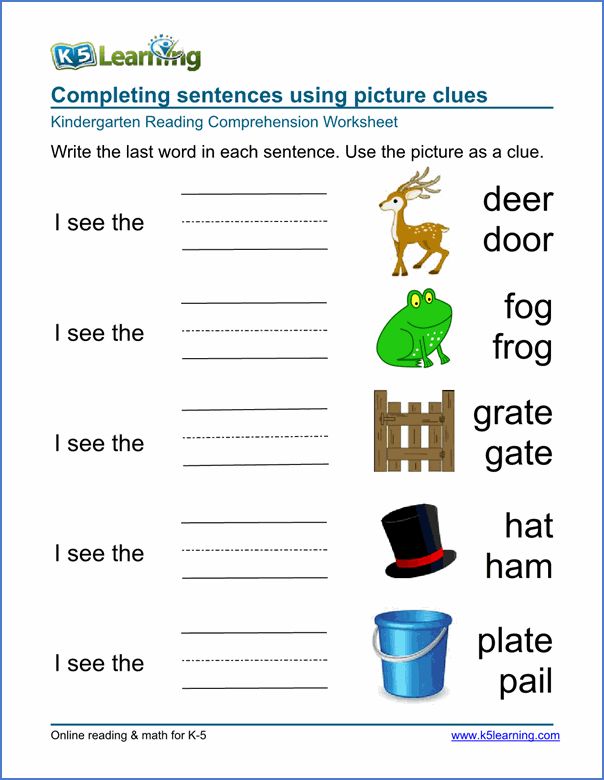
First grade in particular — “the reading year,” as Miller calls it — is pivotal for elementary students, when their literacy skills “really take off.” Kindergarten focuses on easing children from a variety of educational backgrounds — or none at all — into formal schooling. In contrast, first grade concentrates on moving students from pre-reading skills and simple math, like counting, to more complex skills, like reading and writing sentences and adding and subtracting numbers.
By the end of first grade in Texas, students are expected to be able to mentally add or subtract 10 from any given two-digit number, retell stories using key details and write narratives that sequence events. The benchmarks are similar to those used in the more than 40 states that, along with the District of Columbia, adopted the national Common Core standards a decade ago.
Teachers often see a range of literacy skills, and that could be more pronounced this year due to the pandemic
Teacher Heather Miller has seen a wide range of writing skills among her first grade students, with some students already writing complex sentences while others are still working on letter formation.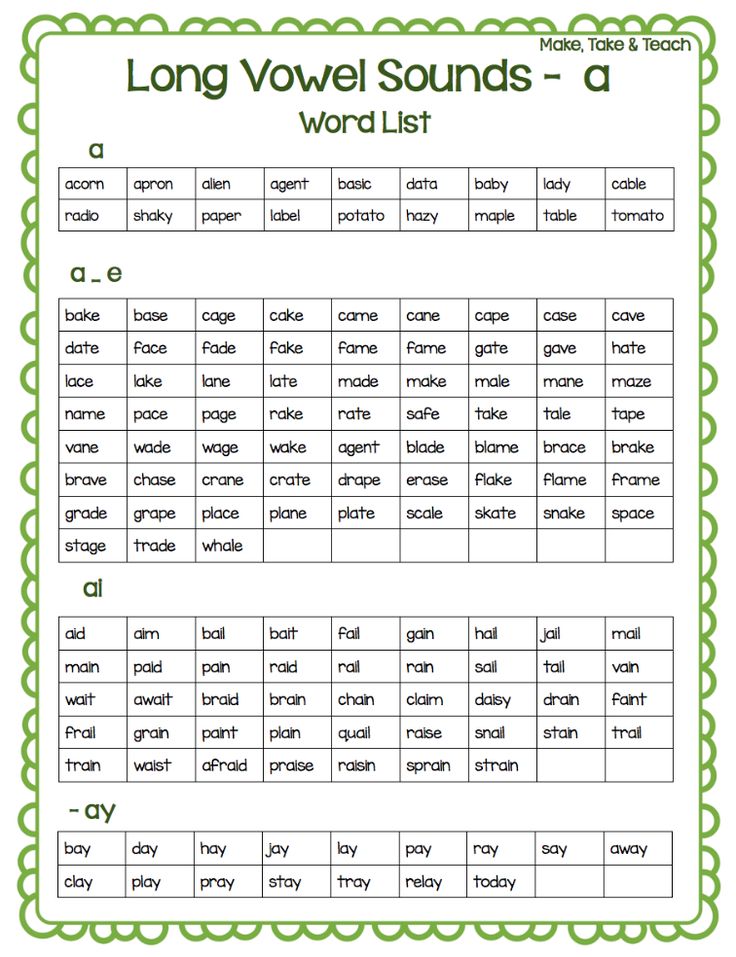 Credit: Jackie Mader/ The Hechinger ReportHeather Miller has already seen improvement in writing, including among students who started the year without a strong grasp of forming letters. Credit: Jackie Mader/ The Hechinger ReportHeather Miller’s students frequently write in notebooks to show their progress in writing skills. Credit: Jackie Mader/ The Hechinger ReportHeather Miller’s students frequently write in notebooks to show their progress in writing skills. Credit: Jackie Mader/ The Hechinger Report
Credit: Jackie Mader/ The Hechinger ReportHeather Miller has already seen improvement in writing, including among students who started the year without a strong grasp of forming letters. Credit: Jackie Mader/ The Hechinger ReportHeather Miller’s students frequently write in notebooks to show their progress in writing skills. Credit: Jackie Mader/ The Hechinger ReportHeather Miller’s students frequently write in notebooks to show their progress in writing skills. Credit: Jackie Mader/ The Hechinger Report“They really grow as readers in first grade, and writers,” Miller said. “It’s where they build their confidence in their fluency.”
But about half of Miller’s class of first graders at Doss Elementary, a spacious, bright, newly built school in northwest Austin, spent kindergarten online. Some were among the tens of thousands of children who sat out kindergarten entirely last year.
More than a month into this school year, Miller found she was spending extensive time on social lessons she used to teach in kindergarten, like sharing and problem-solving.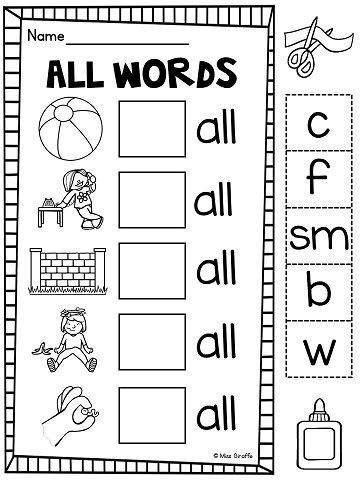 She stopped class repeatedly to mediate disagreements. Finally, she resorted to an activity she used to use in kindergarten: role-playing social scenarios, like what to do if someone accidentally trips you.
She stopped class repeatedly to mediate disagreements. Finally, she resorted to an activity she used to use in kindergarten: role-playing social scenarios, like what to do if someone accidentally trips you.
“My kids are so spread out in their needs … there’s so much to teach, and somehow there’s not enough time.”
Heather Miller, first grade teacher
“So many kids are missing that piece from last year because they were, you know, virtual or on an iPad for most of the time, and they don’t know how to problem-solve with each other,” Miller said. “That’s just caused a lot of disruption during the school day.”
Her students were also not as independent as they had been in previous years. Used to working on tablets or laptops for much of their day, many of these students were also behind in fine motor skills, struggling to use scissors and still working on correctly writing numbers.
Related: What parents need to know about the research on how kids learn to read
Instead of working on first grade standards, Miller was devoting time on this Friday morning in early September to forming upper- and lowercase letters, a kindergarten standard in Texas and the majority of other states.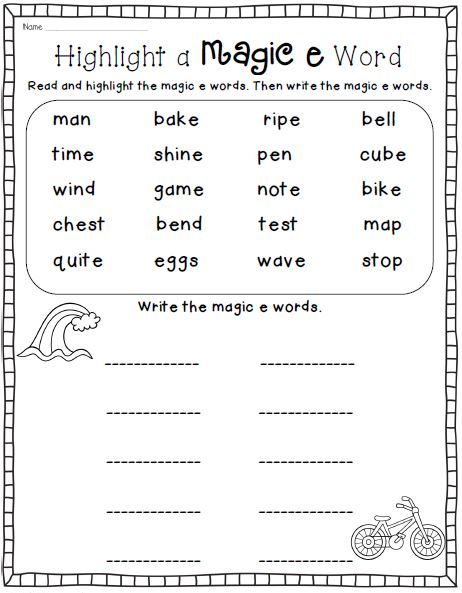 As students finished practicing the letter H, they moved on to the assignment at the bottom of the page: Draw a picture and write a word describing something that starts with an H.
As students finished practicing the letter H, they moved on to the assignment at the bottom of the page: Draw a picture and write a word describing something that starts with an H.
“H-r-o-s” one student wrote next to a picture of a horse standing on green grass in front of a light blue sky. “H-e-a-r-s” another student wrote next to a picture of a strip of brown hair, floating in the white picture box. “You should draw a face there,” suggested his tablemate, pointing at the blank space under the hair.
Students work on a phonics activity during center time in Heather Miller’s classroom. Credit: Jackie Mader/ The Hechinger ReportMiller’s first graders are a case study in the scale, depth and unevenness of learning loss during the pandemic. One report by Amplify Education Inc., which creates curriculum, assessment and intervention products, found children in first and second grade experienced dramatic drops in grade level reading scores compared with those in previous years.
In 2020, 40 percent of first grade students and 35 percent of second grade students were scoring “well below grade level” on a reading assessment, compared with 27 percent and 29 percent the previous year. That means a school would need to offer “intensive intervention” to nearly 50 percent more students than before the pandemic.
That means a school would need to offer “intensive intervention” to nearly 50 percent more students than before the pandemic.
Data analyzed by McKinsey & Company late last year concluded that children have lost at least one and a half months of reading. Other data show low-income, Black and Latinx students are falling further behind than their white peers, leading to worsening achievement gaps.
Experts say it’s now clear families who had time and resources to help their children with academics when schooling was disrupted had a tremendous advantage.
“Higher-income parents, higher-educated parents, are likely to have worked with their children to teach them to read and basic numbers, and some of those really basic early foundational skills that kids generally get in pre-K, kindergarten and first grade,” said Melissa Clearfield, a professor of psychology who focuses on young children and poverty at Whitman College.
“Families who were not able to, either because their parents were essential workers or children whose parents are significantly low-income or not educated, they’re going to be really far behind.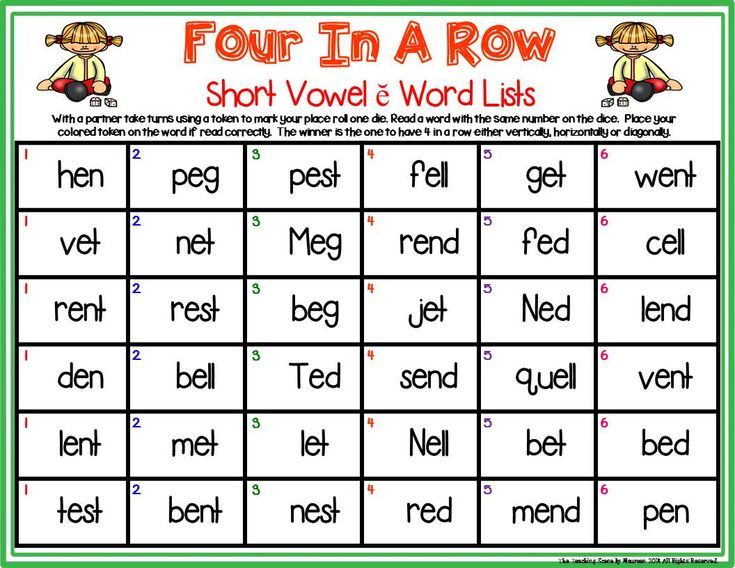 ”
”
What Miller has observed in the first few weeks of the school year is likely taking place in classrooms nationwide, experts say. In April, researchers with the nonprofit NWEA, which develops pre-K-12 assessments, predicted how the pandemic’s disruptions would manifest among the kindergarten class of 2021: a wider range of ability levels; large class sizes with more diverse ages because some parents held children back a grade; and students unfamiliar with in-person classroom routines.
“We predicted that there would be a lot of diversity in skills,” said Brooke Mabry, strategic content design coordinator for NWEA Professional Learning. That includes skills related to academics, social-emotional learning and executive functioning, she added.
The varying experiences children had with school last year also impacted fine motor skill development, independence, ability to navigate conflicts and the “unfinished learning” teachers are now observing, she added.
Related: Remote learning a bust? Some families consider having their child repeat kindergarten
While switching to remote learning was hard on many students, younger students were generally unable to log themselves on to a computer independently and focus on virtual lessons for extended periods of time. Teachers, who usually rely on small, in-person groups for early literacy skills, instead had to teach letters, sounds and sight words via online platforms.
Miller had the unwieldy task of teaching kids both in person and online, spending her year pivoting between students in front of her and students on her computer screen, using her projector to display books to students at home and teaching reading skills via virtual groups.
Now, with students in front of her again, Miller was finding that those online lessons weren’t as useful as many had hoped.
Miller, 30, is a calm, confident teacher who is in her eighth year of teaching and her second at Doss. She usually has students with a wide range of ability levels at the beginning of the year, although Doss is relatively affluent. Nearly 62 percent of students at the school are white, and fewer than 20 percent are economically disadvantaged, compared with the district average of nearly 53 percent. In 2019, 95 percent of Doss’ students passed the state reading assessment.
Students play outside Doss Elementary in Austin, Texas. Credit: Jackie Mader/ The Hechinger ReportBut this year, Miller saw larger gaps in reading skills than ever before. Usually, her first graders would start with reading levels ranging from mid-kindergarten to second grade. This year, the levels spanned early kindergarten up to fourth grade.
“My kids are so spread out in their needs,” Miller said.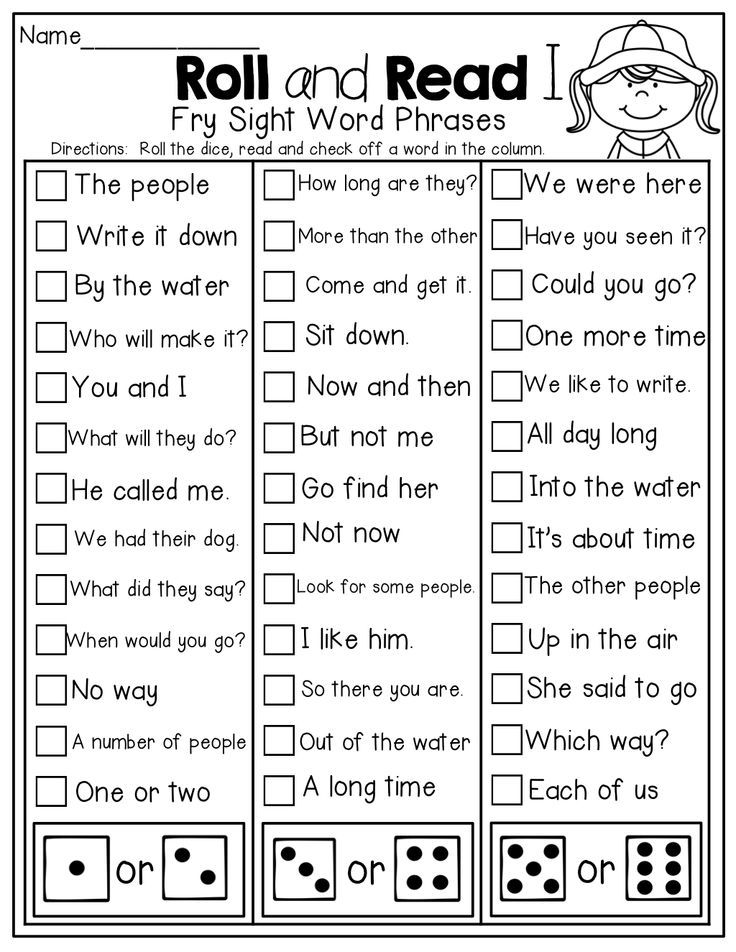 “I just feel like — and I’m sure every teacher feels like this — there’s so much to teach, and somehow there’s not enough time.”
“I just feel like — and I’m sure every teacher feels like this — there’s so much to teach, and somehow there’s not enough time.”
She’s also seen higher literacy levels for kids who went to school in person last year. To her, it speaks to the immense benefits kids get from all aspects of in-person learning. “It just shows how important it is for these kids to be around their peers and just have normalcy,” she said.
Related: Summer school programs race to help students most in danger of falling behind
To catch kids up, Miller is relying on, among other things, one of the staples of the early elementary classroom: center time. For two hours a day, she works with small groups of students on the specific math and reading skills they are lacking.
On a recent October morning, Miller divided her class into five groups to rotate through various activities around her room. She gave her students a few minutes to finish a writing assignment as she pulled out several sets of small books at various reading levels; colorful plastic, hollow phones so her students could hear themselves read; and for a group of struggling readers, a matching game featuring cards showing various letters and pictures.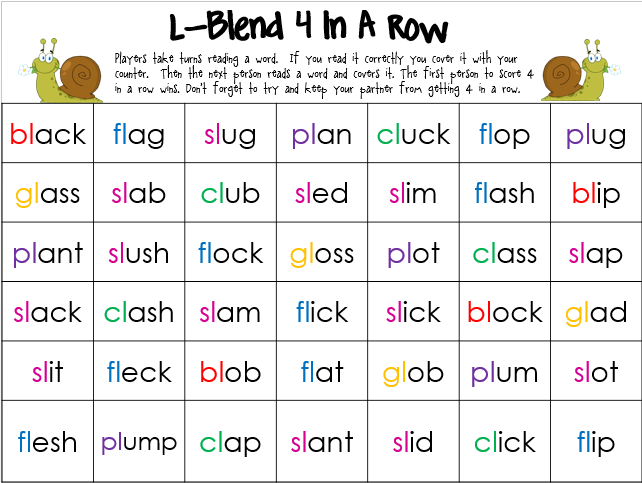
“I feel like I’m teaching four grades,” Miller said as she arranged the materials on her desk.
Several minutes later, seated at a table in the back of the room with five of her grade-level readers, Miller handed them each a phone, a small book and a green witch’s finger to help them point at the words in the book. “Today we’re going to talk about our reading tools,” Miller said, holding up a blue plastic phone. “These are called whisper phones. You whisper so you can hear yourself sound out the words,” she said. “Do these go on our heads?”
“No!” the students said, giggling.
“You know what these are for?” she said, holding up a rubber finger.
“Um, they’re for reading,” one student said. “’Cause I had them in kindergarten.”
“Very good. Are these for picking your nose?” Miller asked.
“No!” the students said, laughing.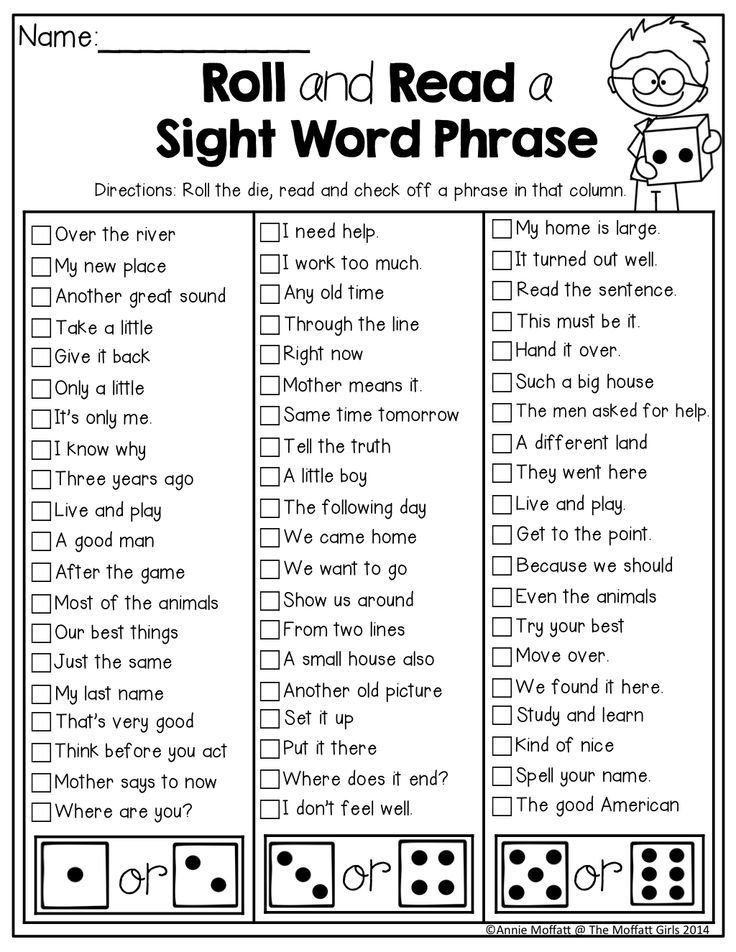
She placed a book in front of each child and walked them through a series of exercises, including looking at the cover and predicting what the book would be about.
Then, they opened their books and began to read in a whisper. Miller turned from one side of the table to the other, listening as students read to themselves, pointing at each word with their green rubber fingers. She helped them sound out challenging words, like “away.” One by one, the students finished the book. A few read it several times in the minutes allotted.
Students practice reading using whisper phones during center time in their first grade classroom. Credit: Jackie Mader/ The Hechinger ReportMiller’s next group, all of whom were reading far below grade level, required a different activity. Rather than handing out a book, Miller pulled out a letter-matching game at the table, using materials she had from her days as a kindergarten teacher. She placed two small laminated cards on the table, one showing the letter D and a picture of a dog, and one with the letter B and a picture of a ball.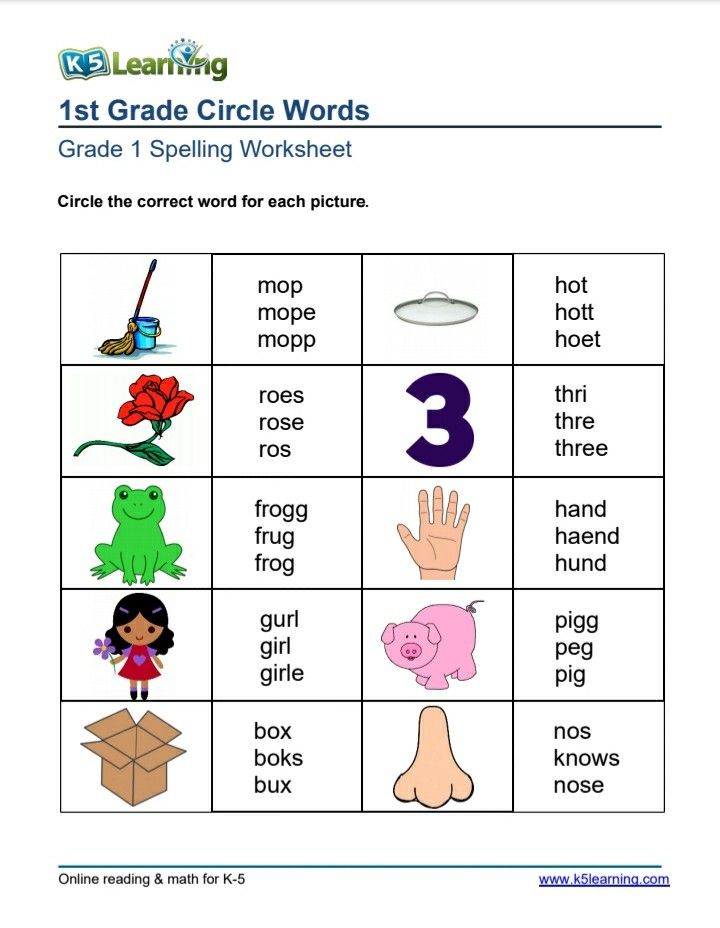
“We’re going to do your letters today,” Miller said to the group. “What letter is this?” she asked, pointing to the B.
“Ball!” one student responded.
“What letter?” Miller asked again. There was a pause.
“B!” another student responded.
“What sound does it make?”
“Buh,” a third student said.
The students ran through the activity, looking at pictures of items starting with B and D like a doll, ball, dog and dolphin, and sorting them into piles based on the starting letter.
A student reads a book during center time in Heather Miller’s classroom. Credit: Jackie Mader/ The Hechinger ReportExperts like Clearfield say finding new or different strategies to help students learn grade-level content after the last 18 months will be critical, even if that means pulling out activities typically used by lower grade levels, as Miller did with her lowest reading group.
It also may mean recruiting help from outside the classroom. Miller said Doss already had a strong team of interventionists to rely on, and several of her students receive extra reading help during the day.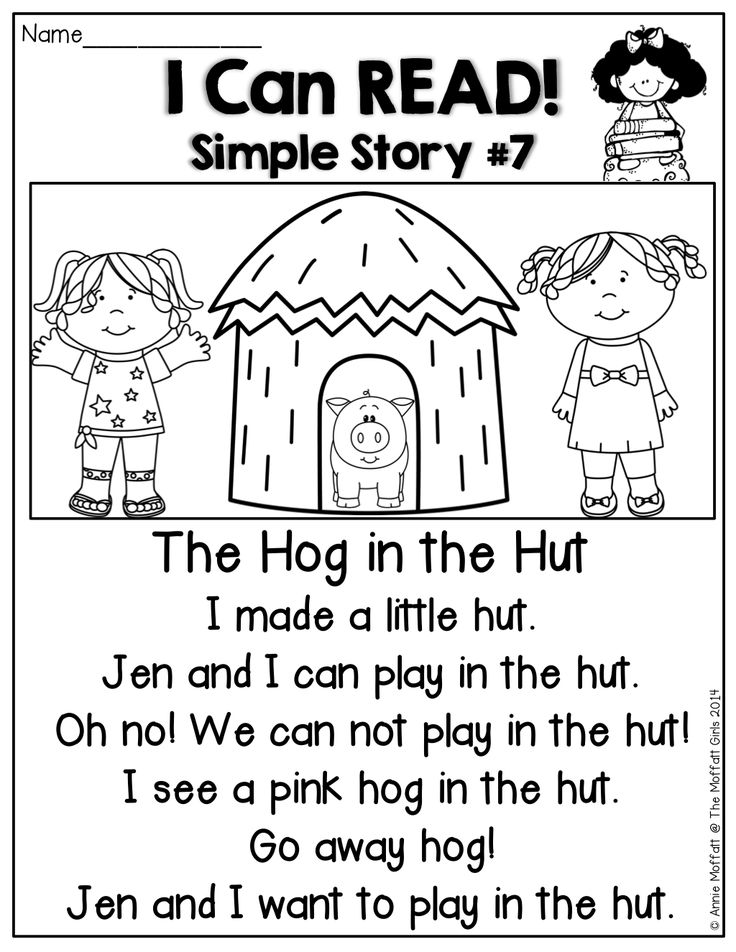
Miller has also found it helpful to work with her fellow first grade teachers to solve a shared academic challenge. This fall, the first grade teachers all discovered that many of their students were behind in reading sight words. They began meeting regularly to share tips and strategies to combat this.
Despite the obvious need to catch kids up, Miller has been mindful of not coming on too strong with remediation efforts. “I don’t want to push them so hard where they get burned out,” she said on an October evening. “They’ve been through so much.”
Related: We know how to help young children cope with the trauma of the last year— but will we do it?
Mabry, of NWEA, said while catching students up is important, society needs to view the recovery process as a multiyear effort. “In previous years, when looking at unfinished learning and finding ways to get students to accelerated growth, we never expected that we would get students who need support to meet those accelerated goals in one year.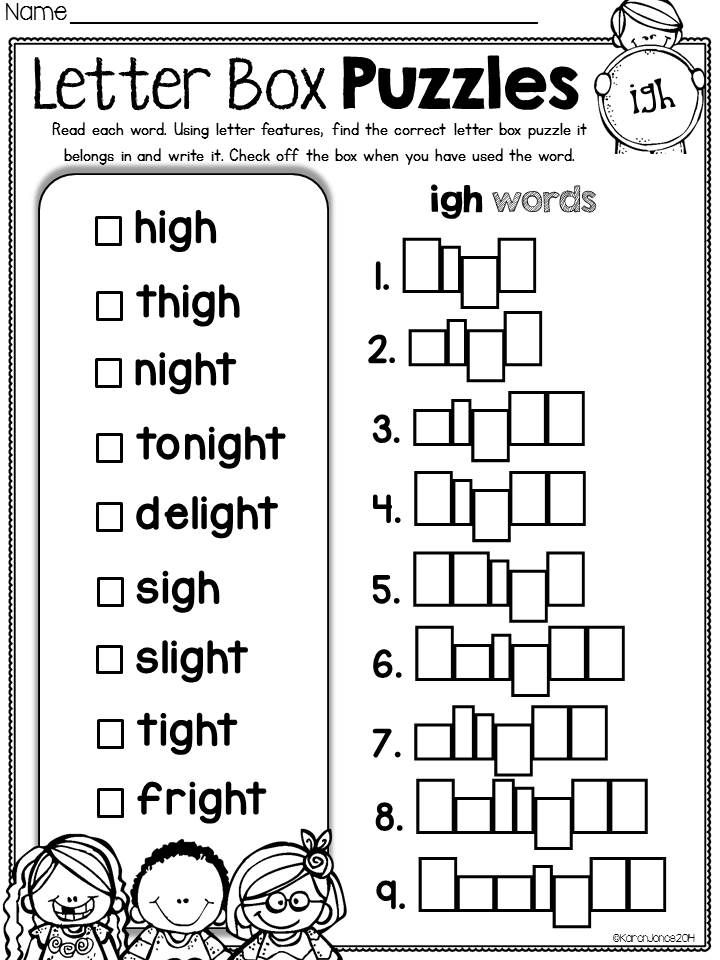 We would never approach it that way,” Mabry said. “Now, we’re so frantic. I think we’re frantic because we feel it’s this larger population.”
We would never approach it that way,” Mabry said. “Now, we’re so frantic. I think we’re frantic because we feel it’s this larger population.”
It’s a daunting task, but experts say there is hope.
“Kids will catch up eventually,” said Clearfield from Whitman College. But to get there, society may need to re-evaluate expectations, she added. “If most children in our community are behind by, like, a year or two, then our expectations for what is typical, it’s going to have to match where they are,” Clearfield said. “Otherwise, we are going to be constantly frustrated … we’re going to have expectations that don’t match their skills or abilities.”
By mid-autumn, Miller was heartened by what she was seeing in her classroom. Students were becoming more confident and independent. Their writing was stronger.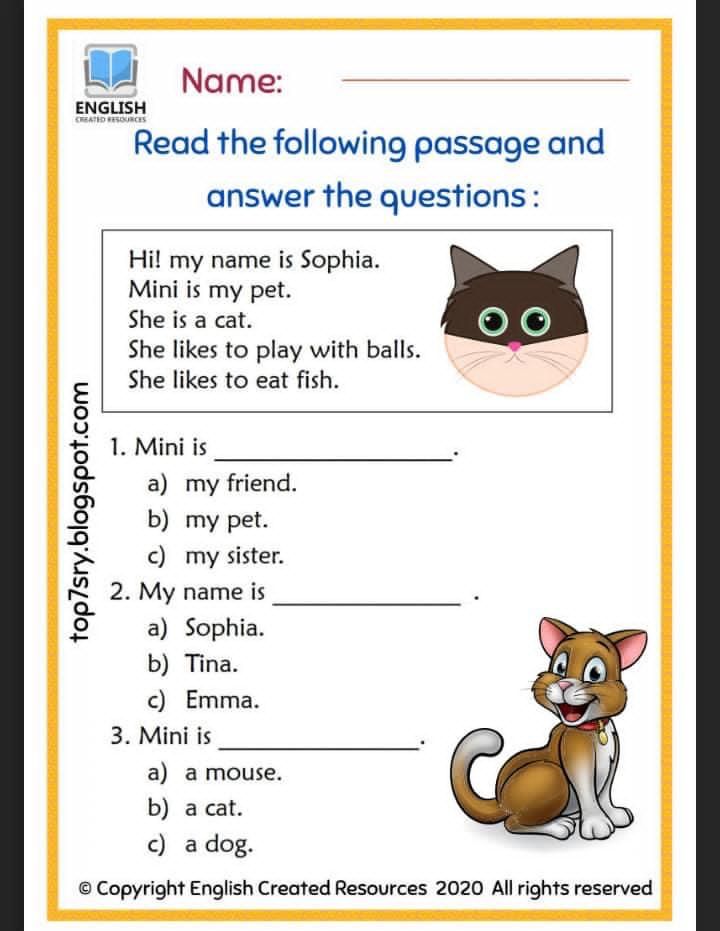 There were fewer conflicts.
There were fewer conflicts.
One morning, Miller stood by her desk as students effortlessly transitioned from one activity to the next during center time. They quietly buzzed around, cleaning up activities and putting their notebooks away in cubbies as she prepared to work with a new group of students at her desk.
“It kind of gives me hope that we’ll be OK,” she said. “Even after last year, we’ll be OK.”
This story about reading skills was produced by The Hechinger Report, a nonprofit, independent news organization focused on inequality and innovation in education. Sign up for Hechinger’s newsletter.
The Hechinger Report provides in-depth, fact-based, unbiased reporting on education that is free to all readers. But that doesn't mean it's free to produce. Our work keeps educators and the public informed about pressing issues at schools and on campuses throughout the country. We tell the whole story, even when the details are inconvenient.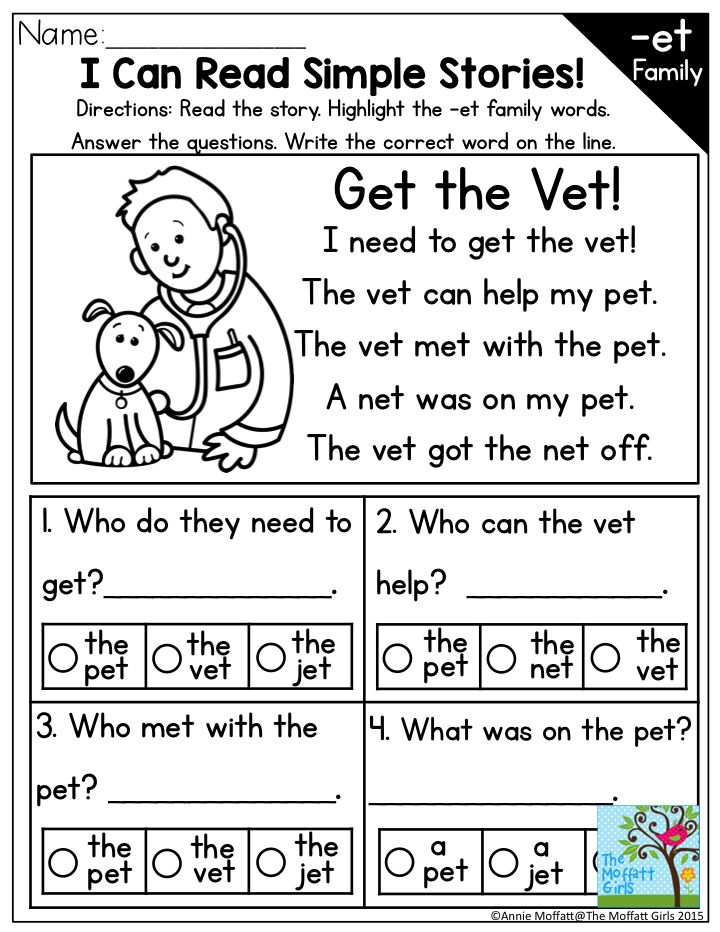 Help us keep doing that.
Help us keep doing that.
Join us today.
First Grade Reading Activities, Phonics Worksheets, Videos, Games, Listening
The 1st Grade Level 1 Reading Program features a review of all the short vowels, beginning and ending consonants. Your children will learn words with the S blends, consonant digraphs ch, sh, th, wh and ph. They will also learn the soft C and G sounds.
Printables & Powerpoint
These high quality pdf worksheets are pages from our phonics activity book for preschool. Worksheets are arranged by course progression. Some of the skills the children will learn include:
Click here for more
Videos
You do not need to be a professional teacher to present the skills for this level. Our highly focused phonics video tutorials will easily do the job.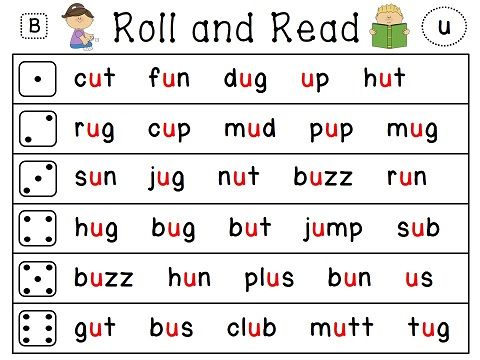 Some of the videos include the following:
Some of the videos include the following:
Click here for more
Games
Kiz Phonics offers a variety of reading games for all kinds of learners. These activities often combine audio, visual and clicking to learn. Each activity is short and focused.
Click here for more
Listening
The listening section of our first grade level 1 phonics program is in sync with the worksheets of this level. Print a worksheet you want to use and choose the audio from the playlist.
Click here for more
Featuring Worksheets for First Grade Level 1
st blend word building
Learning st blend by building words
Click here to print
sn blend word building
Learning sn blend by building words
Click here to print
str blend word building
Learning str blend by building words
Click here to print
s blends word search
Learning st blend by doing this puzzle
Click here to print
Featuring 1st Grade Phonics Games
Digraph /sh/, Phonics game to practice the consonant digraph /sh/
When two letters come together to make one sound, it is called…
https://www.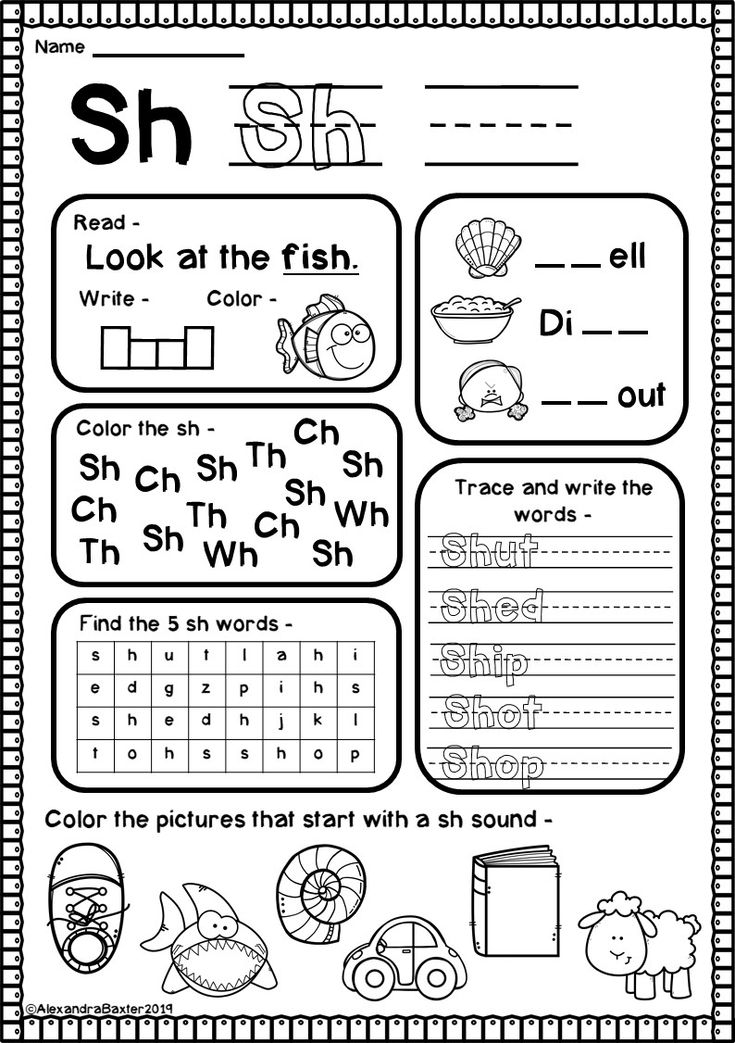 kizphonics.com/wp-content/uploads/2012/04/ch_game_225x160.png 160 225 KizPhonics https://www.kizphonics.com/wp-content/uploads/2014/06/kizphonics-logo.png KizPhonics2012-04-18 01:19:252020-05-18 11:50:21Digraph /sh/, Phonics game to practice the consonant digraph /sh/
kizphonics.com/wp-content/uploads/2012/04/ch_game_225x160.png 160 225 KizPhonics https://www.kizphonics.com/wp-content/uploads/2014/06/kizphonics-logo.png KizPhonics2012-04-18 01:19:252020-05-18 11:50:21Digraph /sh/, Phonics game to practice the consonant digraph /sh/Digraph ch, Phonics Flashcards
Practice the digraph 'ch' using these interactive phonics flipcards.…
https://www.kizphonics.com/wp-content/uploads/2012/04/ch_card_225x160.png 160 225 KizPhonics https://www.kizphonics.com/wp-content/uploads/2014/06/kizphonics-logo.png KizPhonics2012-04-18 01:16:312020-03-30 19:12:24Digraph ch, Phonics FlashcardsDigraph /sh/, Phonics game to practice the consonant digraph /sh/
Digraphs are formed when two letters come together to make one…
https://www.kizphonics.com/wp-content/uploads/2012/04/sh-game_225x160.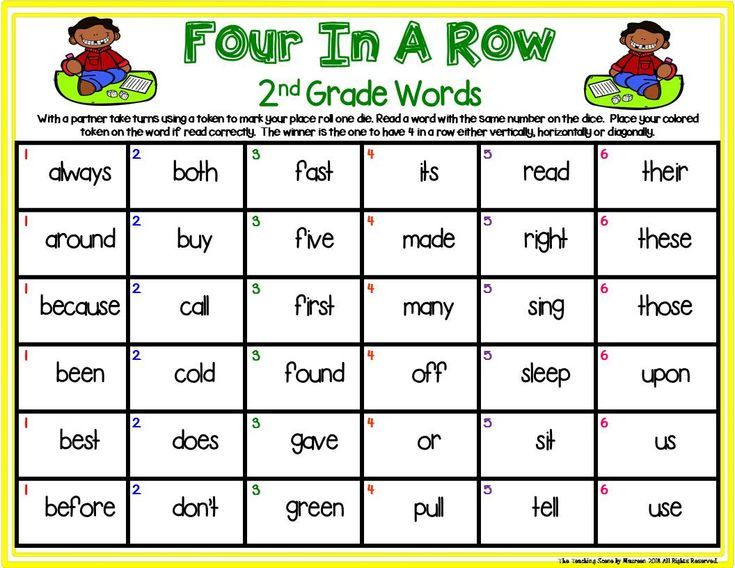 png 160 225 KizPhonics https://www.kizphonics.com/wp-content/uploads/2014/06/kizphonics-logo.png KizPhonics2012-04-18 01:11:332020-05-18 11:50:53Digraph /sh/, Phonics game to practice the consonant digraph /sh/
png 160 225 KizPhonics https://www.kizphonics.com/wp-content/uploads/2014/06/kizphonics-logo.png KizPhonics2012-04-18 01:11:332020-05-18 11:50:53Digraph /sh/, Phonics game to practice the consonant digraph /sh/Digraph sh, Phonics flipcards
Practice the sound of the digraph sh as in ship. Click on a card…
https://www.kizphonics.com/wp-content/uploads/2012/04/sh-card_225x160.png 160 225 KizPhonics https://www.kizphonics.com/wp-content/uploads/2014/06/kizphonics-logo.png KizPhonics2012-04-18 01:09:472020-03-30 19:14:49Digraph sh, Phonics flipcardsst beginning consonant S blend, phonics game
Learn and practice the st consonant blend. Listen, then drag…
https://www.kizphonics.com/wp-content/uploads/2012/04/st_game_225x160.png 160 225 KizPhonics https://www.kizphonics.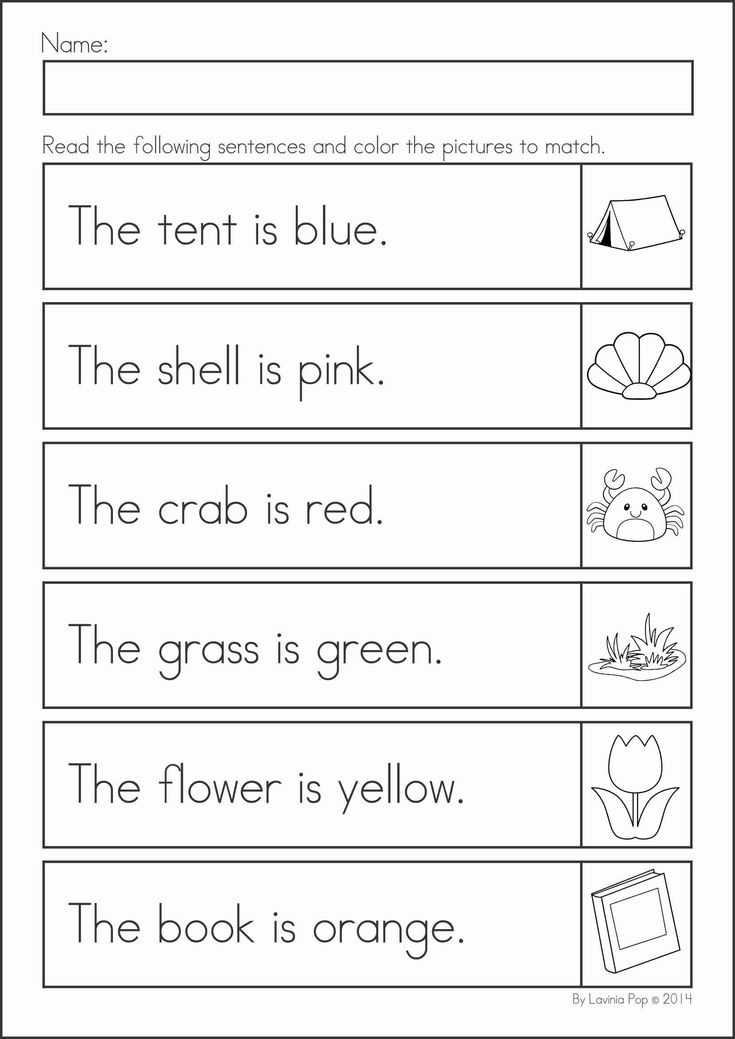 com/wp-content/uploads/2014/06/kizphonics-logo.png KizPhonics2012-04-18 00:54:212020-04-02 14:24:11st beginning consonant S blend, phonics game
com/wp-content/uploads/2014/06/kizphonics-logo.png KizPhonics2012-04-18 00:54:212020-04-02 14:24:11st beginning consonant S blend, phonics gamest beginning consonant S blend, phonics flashcards
Learn and practice the beginning st consonant blends using these…
https://www.kizphonics.com/wp-content/uploads/2012/04/st-card_225x160.png 160 225 KizPhonics https://www.kizphonics.com/wp-content/uploads/2014/06/kizphonics-logo.png KizPhonics2012-04-18 00:51:092020-03-30 19:15:40st beginning consonant S blend, phonics flashcardsConsonant Digraph ‘ph’ Phonics Activity
Learn and practice the consonant digraph ‘ph‘ using this…
https://www.kizphonics.com/wp-content/uploads/2012/04/ph2.png 160 225 KizPhonics https://www.kizphonics.com/wp-content/uploads/2014/06/kizphonics-logo.png KizPhonics2012-04-17 06:10:582020-04-02 14:24:34Consonant Digraph ‘ph’ Phonics ActivityConsonant Digraph ‘ph’ Phonics Flashcard
Learn and practice the consonant digraph ‘ph‘ using this…
https://www.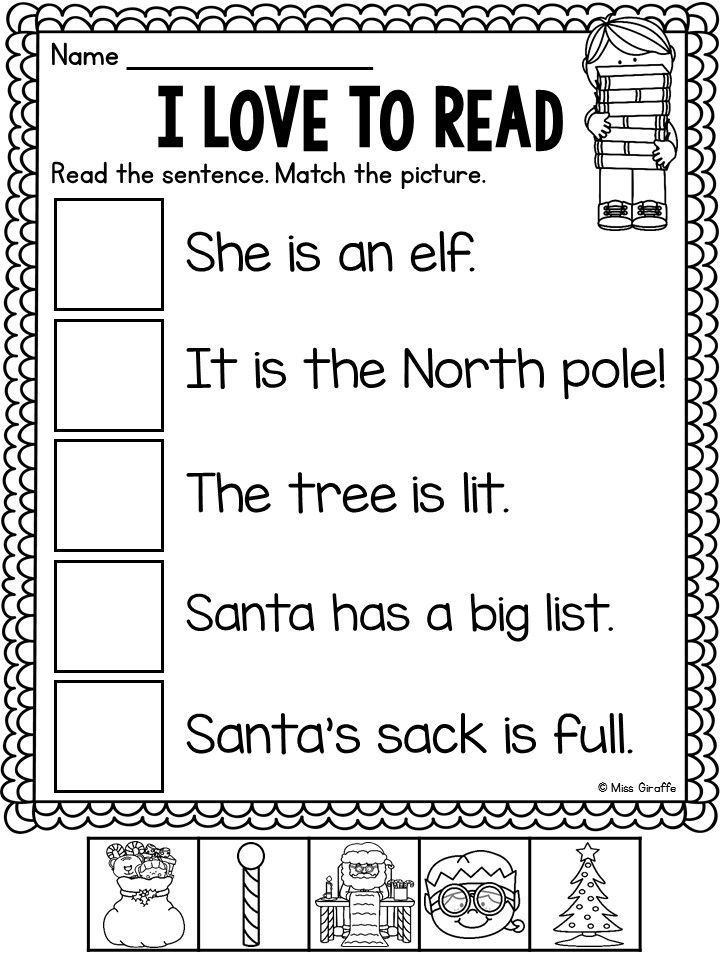 kizphonics.com/wp-content/uploads/2012/04/ph_card_225x160.png 160 225 KizPhonics https://www.kizphonics.com/wp-content/uploads/2014/06/kizphonics-logo.png KizPhonics2012-04-17 05:58:552020-03-30 19:13:32Consonant Digraph ‘ph’ Phonics Flashcard
kizphonics.com/wp-content/uploads/2012/04/ph_card_225x160.png 160 225 KizPhonics https://www.kizphonics.com/wp-content/uploads/2014/06/kizphonics-logo.png KizPhonics2012-04-17 05:58:552020-03-30 19:13:32Consonant Digraph ‘ph’ Phonics FlashcardPreviousNext
Featuring 1st Grade Phonics Videos
'wh' digraph Phonics Video
This is a phonics video on the 'wh' digraph. Learn to sound out,…
https://www.kizphonics.com/wp-content/uploads/2013/08/wh-digraph.jpg 160 225 KizPhonics https://www.kizphonics.com/wp-content/uploads/2014/06/kizphonics-logo.png KizPhonics2013-08-03 13:29:412013-08-04 12:17:38'wh' digraph Phonics Video'th' ending digraph Phonics Video
This is a phonics video on the 'th' ending digraph. Learn to…
https://www.kizphonics.com/wp-content/uploads/2013/08/th-ending-digraph.jpg 160 225 KizPhonics https://www.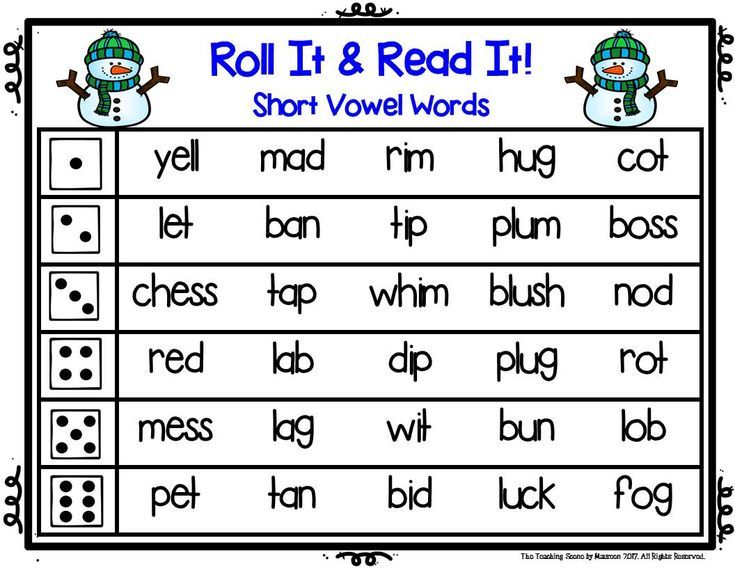 kizphonics.com/wp-content/uploads/2014/06/kizphonics-logo.png KizPhonics2013-08-03 13:29:322013-08-04 12:16:50'th' ending digraph Phonics Video
kizphonics.com/wp-content/uploads/2014/06/kizphonics-logo.png KizPhonics2013-08-03 13:29:322013-08-04 12:16:50'th' ending digraph Phonics Video'th' beginning digraph Phonics Video
This is a phonics video on the 'th' beginning digraph. Learn…
https://www.kizphonics.com/wp-content/uploads/2013/08/th-beginning-digraph.jpg 160 225 KizPhonics https://www.kizphonics.com/wp-content/uploads/2014/06/kizphonics-logo.png KizPhonics2013-08-03 13:29:272013-08-04 12:15:55'th' beginning digraph Phonics Video'sw' blends Phonics Video
This is a phonics video on the 'sw' blends. Learn to sound out,…
https://www.kizphonics.com/wp-content/uploads/2013/08/sw-blends.jpg 160 225 KizPhonics https://www.kizphonics.com/wp-content/uploads/2014/06/kizphonics-logo.png KizPhonics2013-08-03 13:29:212013-08-04 12:14:58'sw' blends Phonics Video'str' blends Phonics Video
This is a phonics video on the 'str' blends.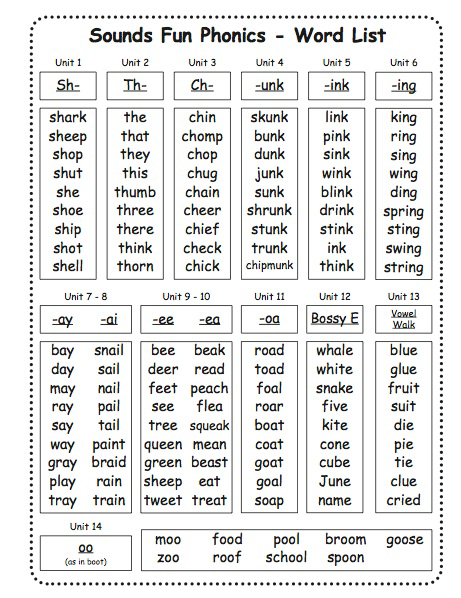 Learn to sound out,…
Learn to sound out,…
'st' blends Phonics Video
This is a phonics video on the 'st' blends. Learn to sound out,…
https://www.kizphonics.com/wp-content/uploads/2013/08/st-blends.jpg 160 225 KizPhonics https://www.kizphonics.com/wp-content/uploads/2014/06/kizphonics-logo.png KizPhonics2013-08-03 13:29:112013-08-04 12:12:56'st' blends Phonics Video'sp' blends Phonics Video
This is a phonics video on the 'sp' blends. Learn to sound out,…
https://www.kizphonics.com/wp-content/uploads/2013/08/sp-blends.jpg 160 225 KizPhonics https://www.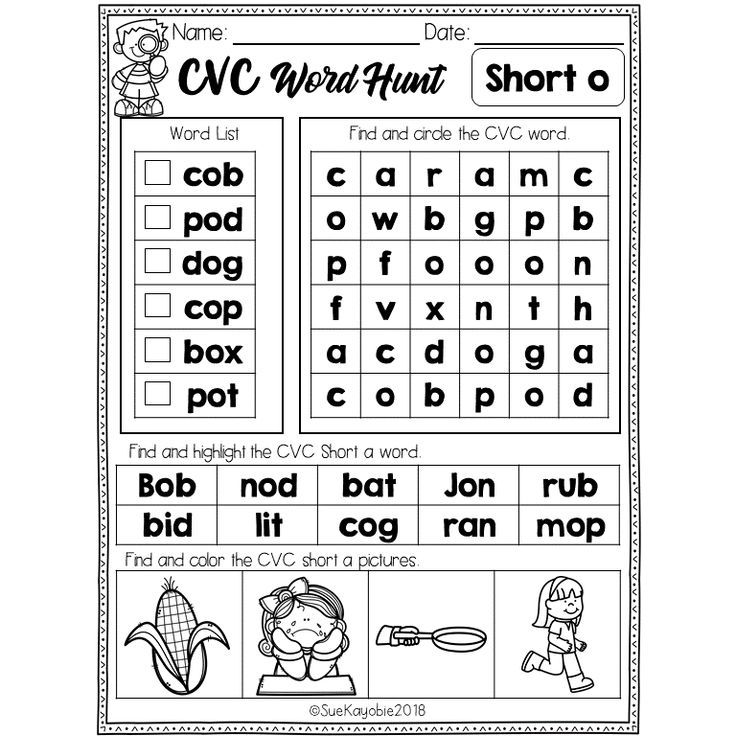 kizphonics.com/wp-content/uploads/2014/06/kizphonics-logo.png KizPhonics2013-08-03 13:29:072013-08-04 12:12:06'sp' blends Phonics Video
kizphonics.com/wp-content/uploads/2014/06/kizphonics-logo.png KizPhonics2013-08-03 13:29:072013-08-04 12:12:06'sp' blends Phonics VideoSoft 'g' Phonics Video
This is a phonics video on the soft 'g'. Learn to sound out,…
https://www.kizphonics.com/wp-content/uploads/2013/08/soft-g.jpg 160 225 KizPhonics https://www.kizphonics.com/wp-content/uploads/2014/06/kizphonics-logo.png KizPhonics2013-08-03 13:29:012013-08-04 12:10:59Soft 'g' Phonics VideoPreviousNext
Kiz Phonics iPad Apps
Preschool Phonics App (Phonics_Prek) Lite
https://www.kizphonics.com/wp-content/uploads/2014/01/l1-lite.png 152 152 KizPhonics https://www.kizphonics.com/wp-content/uploads/2014/06/kizphonics-logo.png KizPhonics2014-01-02 09:12:292020-04-21 13:22:31Preschool Phonics App (Phonics_Prek) LitePreschool Phonics App (Phonics_Prek)
https://www.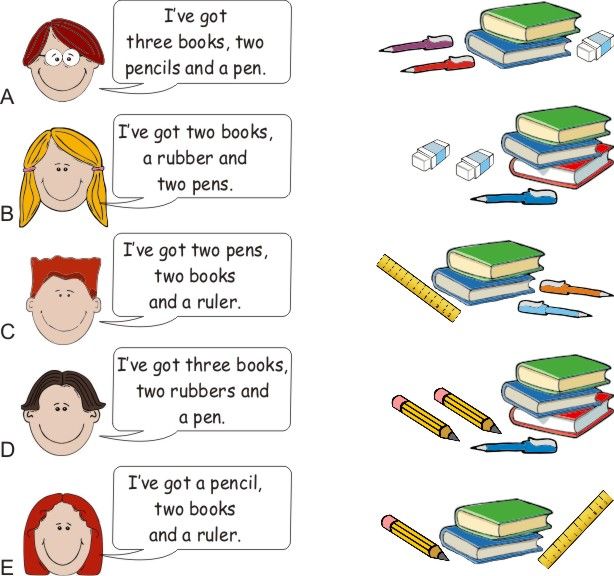 kizphonics.com/wp-content/uploads/2013/12/l1.png 152 152 KizPhonics https://www.kizphonics.com/wp-content/uploads/2014/06/kizphonics-logo.png KizPhonics2014-01-02 07:50:302020-04-21 13:22:46Preschool Phonics App (Phonics_Prek)
kizphonics.com/wp-content/uploads/2013/12/l1.png 152 152 KizPhonics https://www.kizphonics.com/wp-content/uploads/2014/06/kizphonics-logo.png KizPhonics2014-01-02 07:50:302020-04-21 13:22:46Preschool Phonics App (Phonics_Prek)Kindergarten Level 1 Phonics App (Phonics Kinder 1) Lite
https://www.kizphonics.com/wp-content/uploads/2014/01/l2-lite.png 152 152 KizPhonics https://www.kizphonics.com/wp-content/uploads/2014/06/kizphonics-logo.png KizPhonics2014-01-02 06:30:162020-04-21 13:23:04Kindergarten Level 1 Phonics App (Phonics Kinder 1) LiteKindergarten Level 1 Phonics App (Phonics Kinder 1)
https://www.kizphonics.com/wp-content/uploads/2014/01/l2.png 152 152 KizPhonics https://www.kizphonics.com/wp-content/uploads/2014/06/kizphonics-logo.png KizPhonics2014-01-02 06:20:112020-04-21 13:23:19Kindergarten Level 1 Phonics App (Phonics Kinder 1)Kindergarten Level 2 Phonics App (Phonics Kinder 2) Lite
https://www.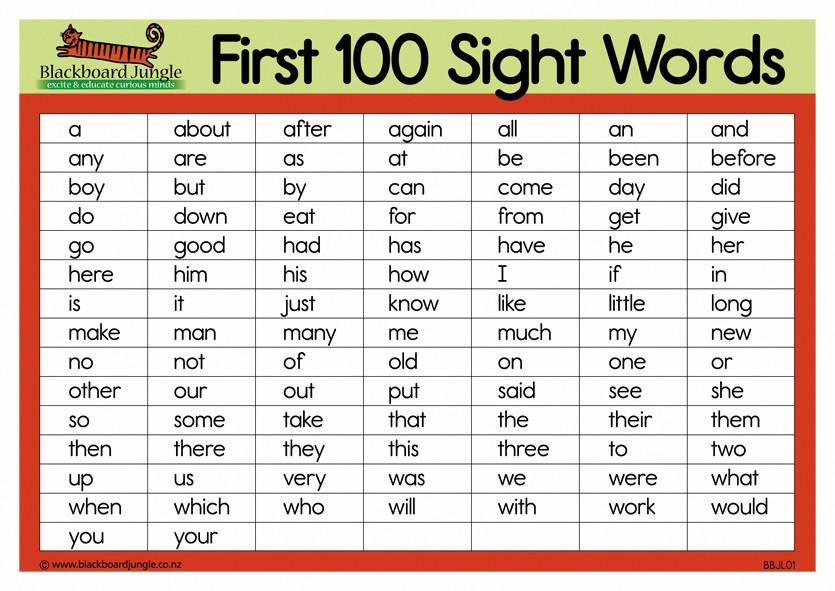 kizphonics.com/wp-content/uploads/2014/01/l3-lite.png 152 152 KizPhonics https://www.kizphonics.com/wp-content/uploads/2014/06/kizphonics-logo.png KizPhonics2014-01-02 06:10:092020-04-21 13:23:34Kindergarten Level 2 Phonics App (Phonics Kinder 2) Lite
kizphonics.com/wp-content/uploads/2014/01/l3-lite.png 152 152 KizPhonics https://www.kizphonics.com/wp-content/uploads/2014/06/kizphonics-logo.png KizPhonics2014-01-02 06:10:092020-04-21 13:23:34Kindergarten Level 2 Phonics App (Phonics Kinder 2) LiteKindergarten Level 2 Phonics App (Phonics Kinder 2)
https://www.kizphonics.com/wp-content/uploads/2014/01/l3.png 152 152 KizPhonics https://www.kizphonics.com/wp-content/uploads/2014/06/kizphonics-logo.png KizPhonics2014-01-02 06:02:022020-04-21 13:23:52Kindergarten Level 2 Phonics App (Phonics Kinder 2)1st Grade Level 1 Phonics App (Phonics 1st Grade 1) Lite
https://www.kizphonics.com/wp-content/uploads/2014/01/l4-lite.png 152 152 KizPhonics https://www.kizphonics.com/wp-content/uploads/2014/06/kizphonics-logo.png KizPhonics2014-01-02 05:50:152020-04-21 13:24:451st Grade Level 1 Phonics App (Phonics 1st Grade 1) Lite1st Grade Level 1 Phonics App (Phonics 1st Grade 1)
https://www.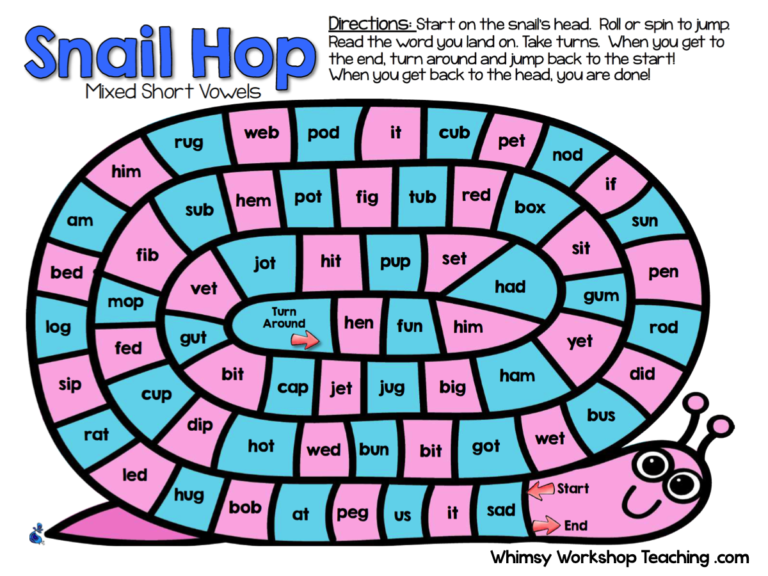 kizphonics.com/wp-content/uploads/2014/01/l4.png 152 152 KizPhonics https://www.kizphonics.com/wp-content/uploads/2014/06/kizphonics-logo.png KizPhonics2014-01-02 05:45:042020-04-21 13:25:001st Grade Level 1 Phonics App (Phonics 1st Grade 1)
kizphonics.com/wp-content/uploads/2014/01/l4.png 152 152 KizPhonics https://www.kizphonics.com/wp-content/uploads/2014/06/kizphonics-logo.png KizPhonics2014-01-02 05:45:042020-04-21 13:25:001st Grade Level 1 Phonics App (Phonics 1st Grade 1)1st Grade Level 2 Phonics App (Phonics 1st Grade 2) Lite
https://www.kizphonics.com/wp-content/uploads/2014/01/l5-lite.png 152 152 KizPhonics https://www.kizphonics.com/wp-content/uploads/2014/06/kizphonics-logo.png KizPhonics2014-01-02 05:35:302020-04-21 13:25:141st Grade Level 2 Phonics App (Phonics 1st Grade 2) Lite1st Grade Level 2 Phonics App (Phonics 1st Grade 2)
https://www.kizphonics.com/wp-content/uploads/2014/01/l5.png 152 152 KizPhonics https://www.kizphonics.com/wp-content/uploads/2014/06/kizphonics-logo.png KizPhonics2014-01-02 05:30:242020-04-21 13:25:341st Grade Level 2 Phonics App (Phonics 1st Grade 2)2nd Grade Level 1 Phonics App (Phonics 2nd Grade 1) Lite
https://www.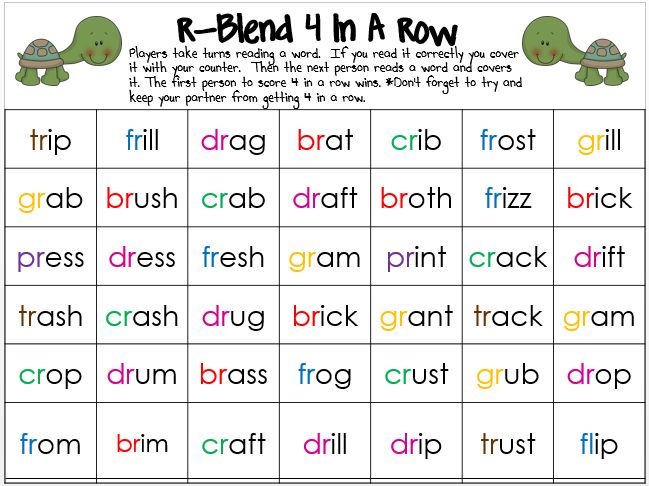 kizphonics.com/wp-content/uploads/2014/01/l6-lite.png 152 152 KizPhonics https://www.kizphonics.com/wp-content/uploads/2014/06/kizphonics-logo.png KizPhonics2014-01-02 05:25:122020-04-21 13:25:492nd Grade Level 1 Phonics App (Phonics 2nd Grade 1) Lite
kizphonics.com/wp-content/uploads/2014/01/l6-lite.png 152 152 KizPhonics https://www.kizphonics.com/wp-content/uploads/2014/06/kizphonics-logo.png KizPhonics2014-01-02 05:25:122020-04-21 13:25:492nd Grade Level 1 Phonics App (Phonics 2nd Grade 1) Lite2nd Grade Level 1 Phonics App (Phonics 2nd Grade 1)
https://www.kizphonics.com/wp-content/uploads/2014/01/l6.png 152 152 KizPhonics https://www.kizphonics.com/wp-content/uploads/2014/06/kizphonics-logo.png KizPhonics2014-01-02 05:20:062020-04-21 13:26:032nd Grade Level 1 Phonics App (Phonics 2nd Grade 1)Phonics Sentence Monkey Game Lite
https://www.kizphonics.com/wp-content/uploads/2014/01/sentence-lite.png 152 152 KizPhonics https://www.kizphonics.com/wp-content/uploads/2014/06/kizphonics-logo.png KizPhonics2014-01-02 05:15:182020-04-21 13:26:22Phonics Sentence Monkey Game LitePhonics Sentence Monkey Game
https://www.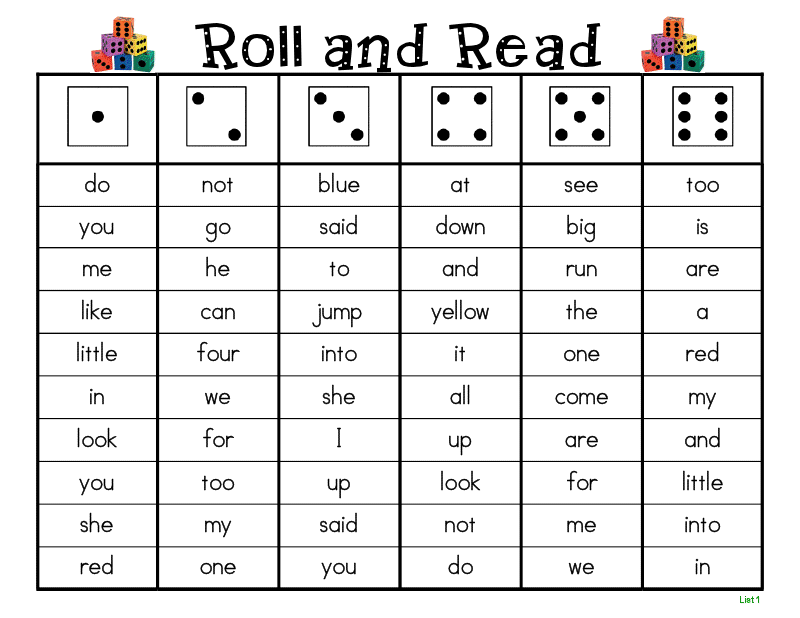 kizphonics.com/wp-content/uploads/2014/01/sentence.png 152 152 KizPhonics https://www.kizphonics.com/wp-content/uploads/2014/06/kizphonics-logo.png KizPhonics2014-01-02 05:13:442020-04-21 13:26:33Phonics Sentence Monkey Game
kizphonics.com/wp-content/uploads/2014/01/sentence.png 152 152 KizPhonics https://www.kizphonics.com/wp-content/uploads/2014/06/kizphonics-logo.png KizPhonics2014-01-02 05:13:442020-04-21 13:26:33Phonics Sentence Monkey GamePreviousNext
Preschool Reading - Ages 3-4
Learning to read starts here. From as low as 3 years, your child needs to build the following skills that will prepare him/her for reading. Print Awareness and Phonemic Awareness are the hallmarks of this level. We provide the following types of resources:
Kindergarten Reading 1 - Ages 4-6
The Kindergarten Level 1 Reading Program, is suitable for kids between the ages of 4 to 6. Children will learn short vowels a & e, beginning and ending consonant sounds. The will learn how to read words, sentences and 2 short stories.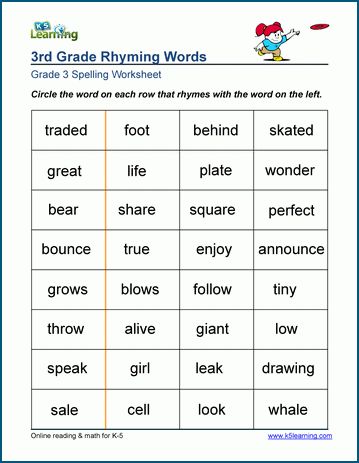
Kindergarten Reading 2 - Ages 4-6
The Kindergarten Level 2 Reading Program, is suitable for kids between the ages of 4 to 6. Children will learn short vowels i, o & u, ending and beginning consonants & digraphs. The will learn how to read words, sentences and 2 short stories.
1st Grade Reading 1 - Ages 6-7
The 1st Grade Level 1 Reading Program features a review of all the short vowels, beginning and ending consonants. Your children will learn words with the S blends, consonant digraphs ch, sh, th, wh and ph. They will also learn the soft C and G sounds.
1st Grade Reading 2 - Ages 6-7
The 1st Grade Level 2 Phonics Program features the long a & i with the silent e. Kids will learn how the silent e changes the sounds of words. This level also includes vowel digraphs ai & ay, vowel digraphs ee & ea and final y as long e.
This level also includes vowel digraphs ai & ay, vowel digraphs ee & ea and final y as long e.
2nd Grade Reading 1 - Ages 7-8
The 2nd Grade Level 1 Phonics Program features the long o & u with the silent e. This level also includes vowel digraphs like oa & ow, ui & ue and final y as long i. Special vowels like aw & ew will be also be learned.
Sign Up
Learning to read by syllables, we teach Russian alphabet for children
Home -forces and diploma
Reading and diploma
Course Learn the letter
View all
Letter A
letter B
letter B 9000 G
letter D
The letter E
The letter Y
The letter Zh
The letter Z
View all
Letters and sounds
View all0003
Recognize the letter from the sound (1)
Recognize the sound in the word
Distinguish letters
Upside down letters
Guess the sound from the letter
First and last sound in the word (1)
First and last sound in the word (1)
)
Do you know the alphabet?
View all
Reading syllables and words
View all
Reading verbs (1)
Reading verbs (2)
Making words (1)
Making words (2)
Slogo game (1)
Slogo game (2)
Slogo game (3)
Which syllable is extra? (1)
Which syllable is missing? (2)
View all
Read phrases and sentences
View all
Decoder
Simple offers (1)
Simple sentences (2)
View all
We develop speech
View all
Decoder
Learning prepositions
Simple sentences (1)
Study prepositions (2)
Simple sentences (2)
unfamiliar words 1 class
unfamiliar words 2 class
unfamiliar words 3 class
Steppower grade 4 class
View all
write competently
Stressed and unstressed vowels
ChA-SCHA combinations (1)
Zhi-Shi combinations (1)
Grammatical blitz (2)
Dictionary words (1)
Vowels after hard and soft consonants (2) nine0003
Vowels after hard and soft consonants (3)
Vowels after hard and soft consonants (4)
Write words from the text
View all
Parsing
View all
Letter and sound (1)
Letter and sound (2)
Letter and sound (3)
Letter and sound (4)
Major and minor members of a sentence (1)
Major and minor members of a sentence Grade 3
Division into syllables (1 ) nine0003
Division into syllables (2)
Division into syllables (3)
View all
We study parts of speech
View all
prepositions (2)
prepositions (1)
parts of speech
All about the verb
Pronoun (1)
Words-objects answering the questions who? what?
Words-objects, words-actions, words-signs
Noun
Modifiable and invariable nouns (1)
View all
Secrets of the Russian language
View all
Alphabet.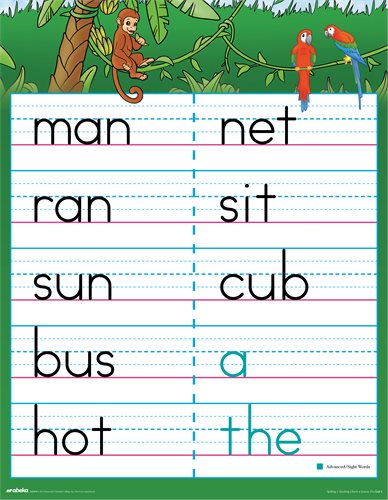 Alphabetical order
Alphabetical order
Antonyms
Interrogative sentences (1)
Dialogue and monologue
Lying and deaf consonants at the end of the word
Noun
Board-Duel
Multiplying, borrowed words
View all
with literature
View all
Everything secret becomes clear
Reader's diary. A. Aleksin "In the land of eternal holidays"
Reader's diary. A. Volkov. Wizard of the Emerald City
Reader's diary. A. Gaidar "Chuk and Gek"
Reader's diary. A.P. Chekhov. "Kashtanka"
Reader's diary. A.S. Pushkin. "Ruslan and Lyudmila"
Reader's diary. A.S. Pushkin. The Tale of the Dead Princess...
Reader's diary. V. Gauf "Dwarf Nose" and "Little Muk"
Reader's diary. V. Kataev. Son of Regiment
View all
ABC online
View all
Tasks letter A
Tasks letter B
Tasks letter B
Tasks letter G
Tasks letter e
Tasks letter E
Tasks letter Z
Tasks letter Z
View all
Learn the alphabet
View all
Letter puzzles
Letter commotion
Letters and sounds
Decoder
Do you know the alphabet?
Distinguishing letters
Distinguishing vowels and consonants
Distinguishing sounds in pictures (1)
Guess the sound by letter
View all
How to teach a child to read by syllables?
First you need to understand that the child is ready for learning.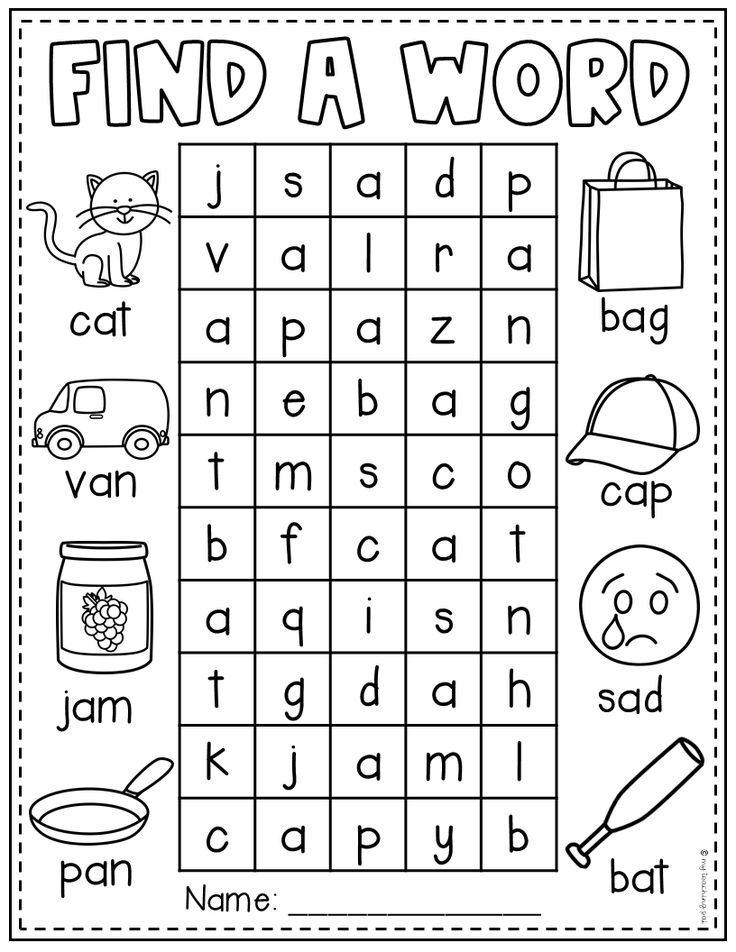 This can be verified by the following indicators: - the child's speech is clear, without serious violations in pronunciation, the child does not "swallow" sounds during pronunciation; - there is the ability to see the text; there is an understanding that these are letters - not pictures, but symbols depicting sounds. It is believed that the ideal age for learning to read is 6 years old, but one must always understand that this age is determined individually. It is better to start learning to read by syllables in a playful way, getting acquainted with individual letters. It is better to do little by little, but regularly: 15 minutes daily will be enough. After getting acquainted with the letters, proceed to reading by syllables. Reading by syllables is a technique available to every adult, it does not require special training. But you can always choose lesser-known author's methods of teaching reading, carefully studying their features and reviews of other parents. Having folded the alphabet into syllables, you can proceed to compose simple words.
This can be verified by the following indicators: - the child's speech is clear, without serious violations in pronunciation, the child does not "swallow" sounds during pronunciation; - there is the ability to see the text; there is an understanding that these are letters - not pictures, but symbols depicting sounds. It is believed that the ideal age for learning to read is 6 years old, but one must always understand that this age is determined individually. It is better to start learning to read by syllables in a playful way, getting acquainted with individual letters. It is better to do little by little, but regularly: 15 minutes daily will be enough. After getting acquainted with the letters, proceed to reading by syllables. Reading by syllables is a technique available to every adult, it does not require special training. But you can always choose lesser-known author's methods of teaching reading, carefully studying their features and reviews of other parents. Having folded the alphabet into syllables, you can proceed to compose simple words.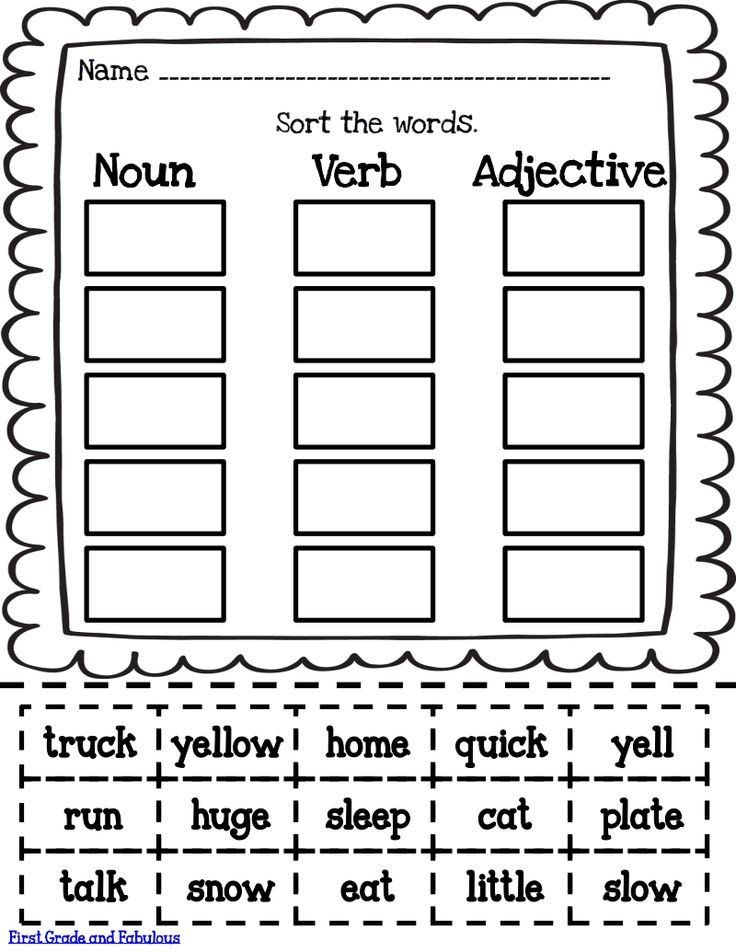 The main thing is not to force the process: when it is measured and regular, it is doomed to success! nine0003
The main thing is not to force the process: when it is measured and regular, it is doomed to success! nine0003
What is a syllable?
To successfully master the skill of reading, it is necessary to understand how to divide words into syllables. A syllable is one or more sounds uttered by one expiratory push of air. For a simple orientation, it can be taken as a rule that there are as many syllables in a word as there are vowels. Use our exercises, compiled by professional teachers, for a more effective acquaintance with this topic, so as not to confuse the concepts of "syllable division" and "word transfer". nine0003
How many words per minute should a first grader read?
The number of words read per minute, which can be used as a reference when assessing the quality of reading, is just one of the indicators. On average, the rate (or speed) of reading a first grade student is 15-25 words per minute.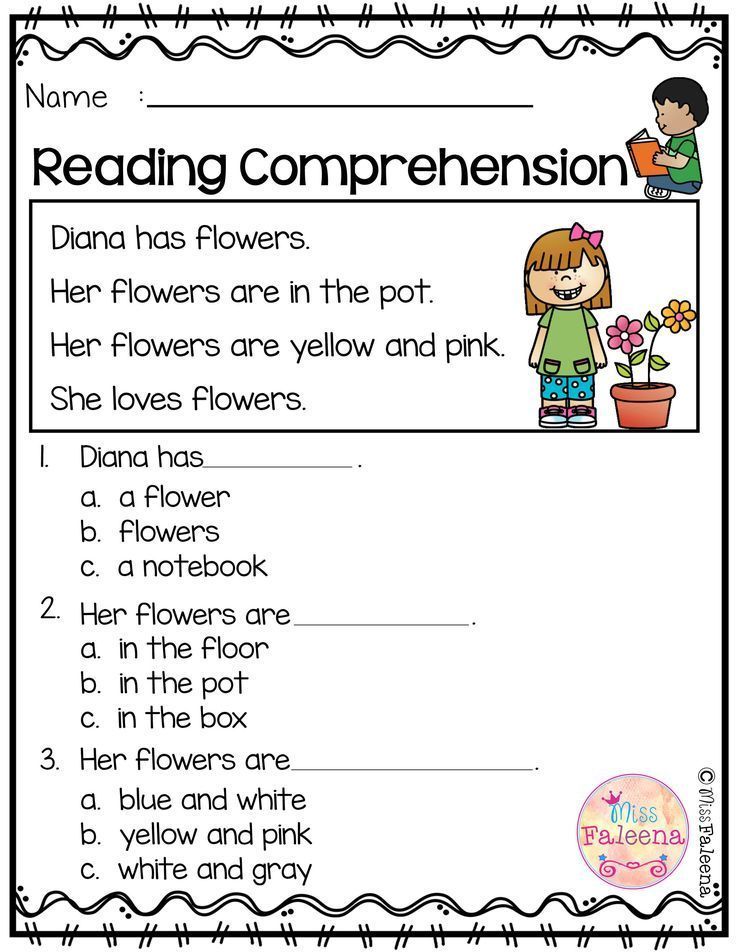 It is equally important to take into account qualitative indicators: how much the child understands the meaning of what is read, whether there is expressiveness when reading. To train the reading skill, it is important to be able to read not only aloud, but also silently, this is how awareness is born and further - the expressiveness of reading. nine0003
It is equally important to take into account qualitative indicators: how much the child understands the meaning of what is read, whether there is expressiveness when reading. To train the reading skill, it is important to be able to read not only aloud, but also silently, this is how awareness is born and further - the expressiveness of reading. nine0003
"The basics of literacy for preschool children are presented on our website with online exercises for learning letters, sounds, reading by syllables. Opportunities are presented for studying the alphabet, vowels and consonants and sounds, adding syllables, reading the first words and distinguishing sounds in words, taking into account the hobbies of a preschooler. Find matching words, play syllabic bingo, disenchant spelled words, and more! The lessons are equipped with bright and colorful pictures, illustrations understandable for the child, which will allow you to explore the magical world of letters and syllables in a playful way. "
"
Playful activities
Your child will have a fun and productive time.
Children are engaged with pleasure, are completely immersed in the learning process and achieve results. For children under 6 who have not yet learned to read, we voiced each task.
Cups and medals for children
Awards that motivate children to achieve success.
Each child has his own “hall of awards and achievements”. If the tasks are completed correctly, children receive cups, medals and nominal diplomas. The awards can be shared on social networks, and the diploma can be printed. nine0003
Personal training
Fully controlled development of the child.
We save all the successes of the child and show you what you should pay special attention to. Make up your own training programs so that the child develops harmoniously in all the right directions.
Start learning with your child
today - it's free
Register and get 20 tasks for free. To remove restrictions and achieve great results in your studies - choose and pay for the tariff plan that suits you. nine0003
Register orChoose a tariff
How to teach a child to read quickly in grade 1: useful exercises
Parents are concerned about how to teach a child to read quickly in grade 1, because for many mothers this is an indicator of success. Let's figure out what for us adults to "read fast" and whether this race for medals is necessary for the child himself. How to teach a child to read: Grade 1 is a difficult period, how can we help a newly-made student. nine0329
womanvote.ru
Quick reading: a tribute to fashion or a necessity?
Textbooks and programs change, but reading technique testing remains unchanged and is still strictly controlled in elementary school.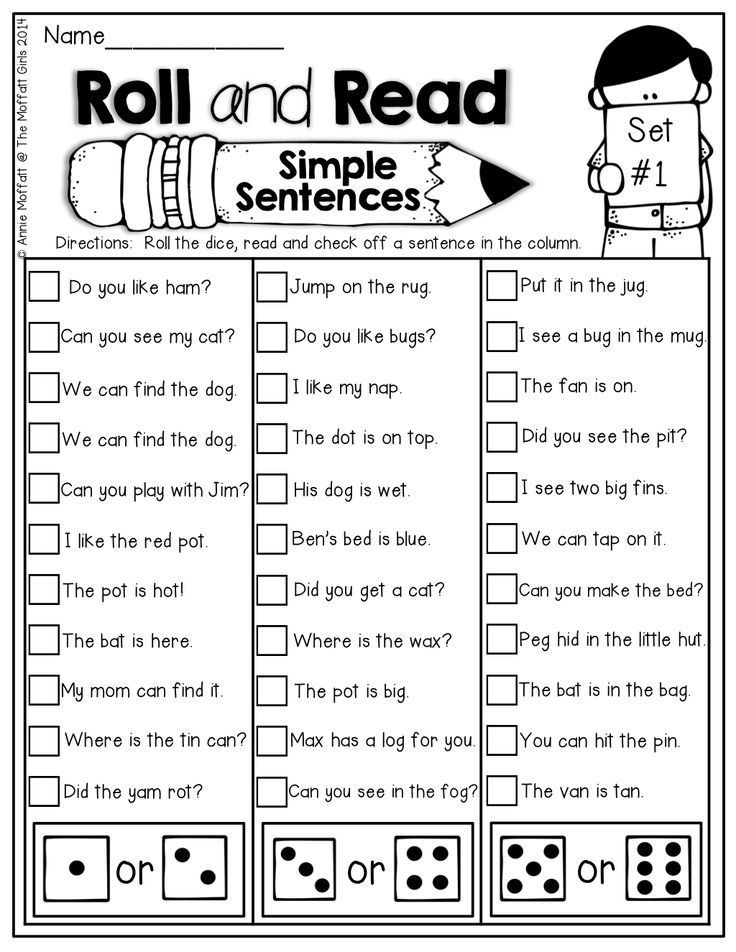 And this is not a whim at all. The realities of modern life make us keep up with the times. In order not to drown and drown in the flow of information, it is important for modern children to learn how to read quickly as early as possible. If a child reads slowly, he spends more time doing tasks, gets tired faster and, as a result, loses interest in learning altogether. nine0003
And this is not a whim at all. The realities of modern life make us keep up with the times. In order not to drown and drown in the flow of information, it is important for modern children to learn how to read quickly as early as possible. If a child reads slowly, he spends more time doing tasks, gets tired faster and, as a result, loses interest in learning altogether. nine0003
NO! I would like to warn parents against rash and reckless decisions and actions.
First of all, you should understand once and for all that the pace of reading depends primarily on the individual characteristics of the child. We can correct something, but we are powerless to influence something. If a child is slow in life, with a measured pace of speech, then we will not force him to read faster than he speaks.
In the article "The child reads slowly: what to do?", we dwelled in detail on the possible causes of slow reading and the average norms for each specific elementary school grade. The main reason for slow reading is the wrong WAY of reading.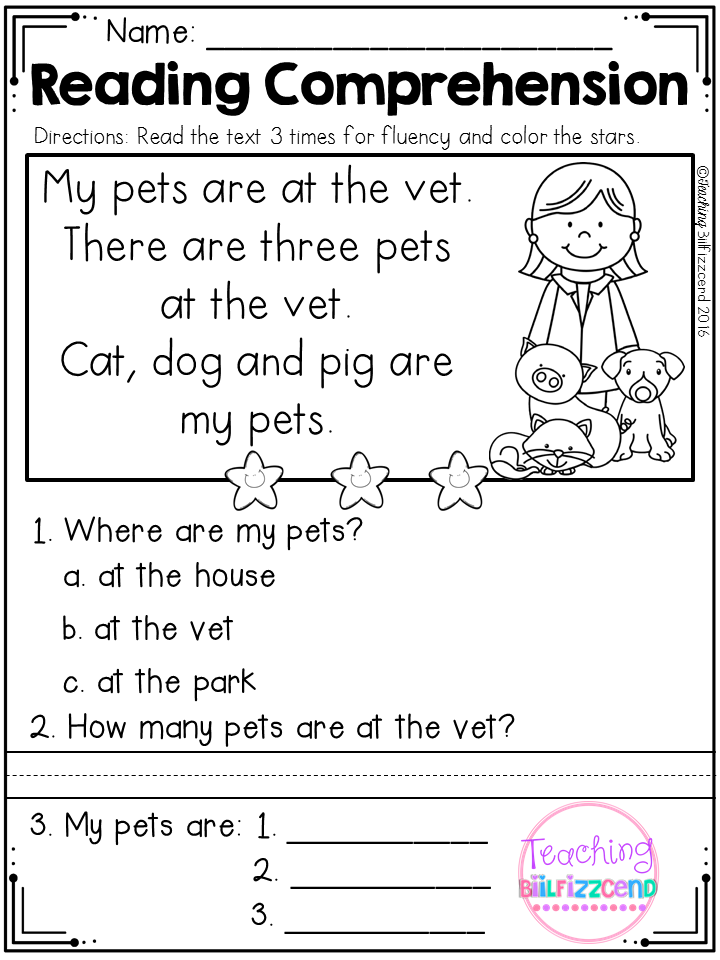 By eliminating some technical errors, increasing the amount of memory and concentration of attention, we will get tangible results. A child in the 1st grade will begin to read faster, will get used to doing it correctly and in the future will improve the speed and awareness of reading. It's never too late to improve your reading technique! Even high school students and adults can take speed reading classes or do it at home. nine0003
By eliminating some technical errors, increasing the amount of memory and concentration of attention, we will get tangible results. A child in the 1st grade will begin to read faster, will get used to doing it correctly and in the future will improve the speed and awareness of reading. It's never too late to improve your reading technique! Even high school students and adults can take speed reading classes or do it at home. nine0003
Each child has individual developmental characteristics.
This does not mean that the process of learning to read should be left to chance and not read with the child before school. It means to hear and see YOUR child, not to compare his success in reading with Masha, who reads in syllables at the age of five, or with Vanya, who is six, and he reads fluently. Your child is not Masha or Vanya, he needs to look up to himself and try to learn to read not just quickly, but consciously and correctly. We will return to these concepts later. nine0003
nine0003
Don't wait until your child has problems with reading technique, you should start improving it as soon as the child starts learning to read.
The second important point that the parents of a first grader should understand. Learning to read to a child is not as easy as it seems to us adults. It is with us that this process has been brought to automaticity, it is we who clearly see and know the difference between a letter and sound, we understand how “zhi” “shi” in writing sound in reality, etc.
Motivation is important. If the child is not interested, he will not want to read. nine0329
Therefore, any education of children of 6 years old should be based on the interest, involvement of the child himself, and play. No coercion, otherwise the desire to go to school will disappear overnight. Younger children all the more need to be loyal in terms of early teaching them to read: they have enough games to recognize letters, the ability to hear and isolate individual sounds.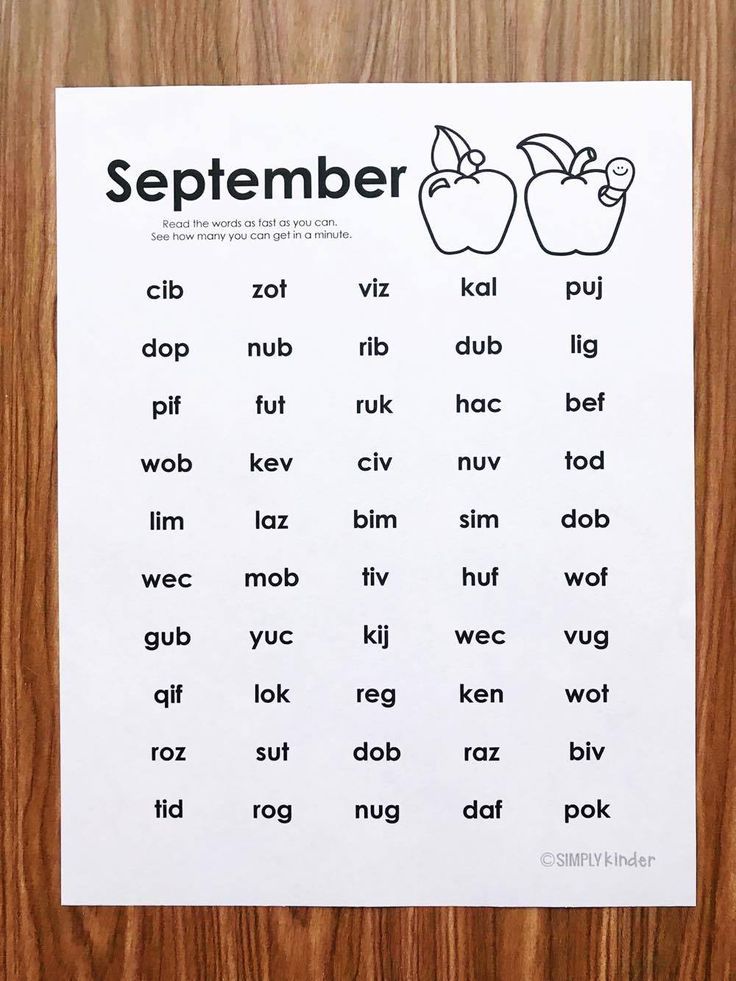 Do not rush to teach a child of 3-4 years old to read: physically and psychologically, he is not yet ready for this. Readiness issues were considered in detail in Article “How to teach a child to read? We determine the readiness of children.
Do not rush to teach a child of 3-4 years old to read: physically and psychologically, he is not yet ready for this. Readiness issues were considered in detail in Article “How to teach a child to read? We determine the readiness of children.
What to pay attention to: learning to read quickly
prochado.ru
1. Development of anticipation (prediction).
Why do adults read fast? Because they predict the next word, phrase, end of a phrase, i.e. see the text as a whole. The child does not yet know how to do this, so his reading rate is much lower. He sees only the next syllable, the word. Not only does he need to see, he also needs to understand the meaning of what he has already read and the phrase as a whole. This is the main difficulty, it is worth working on it in order to teach a child in grade 1 to read well and quickly. nine0003
2. Development of memory, attention, perception, thinking.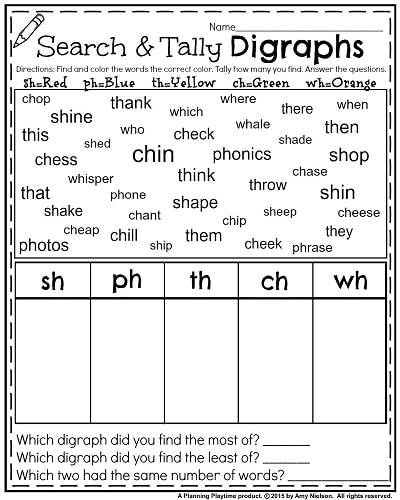
In fact, working directly with the text is only a small part of what helps to improve children's reading skills. Much more time should be spent on the development of intelligence in general. The point is not to teach a child in grade 1 to read quickly, speed reading is not an end in itself. The goal is to speed up mental operations, develop cognitive skills. Only then will you see the result and success in reading, writing, counting. nine0003
3. Raising a culture of reading, instilling interest in reading.
Lack of interest is the result of wrong training. Learning to read "from under the shelf" is not an option.
4. Physical preparation and development of fine motor skills.
You might be surprised, but all kinds of clubs and sports clubs most directly affect the development of reading skills.
How to teach a child to read: Grade 1,
games and exercises
pedsovet. su
su
All sorts of games with words and regular exercises and training will help to instill interest in the reading process itself and increase reading performance.
Joker Letter
Prepare cards with short poems, riddles, proverbs, etc. Write the text in large print so that the child can easily read. Modify a few letters: turn over, highlight in a different font, replace with pictures, etc.
Have the child read the text. Gradually, you can complicate the task: enter more joke letters into seemingly “normal” text.
Crossing out
Any text written in large print will do for the exercise (not in books!). For example, a newspaper or magazine (already read, with text accessible to the child) can be printed specifically on A4 format. Task: cross out the letter A or paint over O. We mark the time - and the child does it. The meaning of the task is not “cross out as much as possible”, but “do not miss a single one”.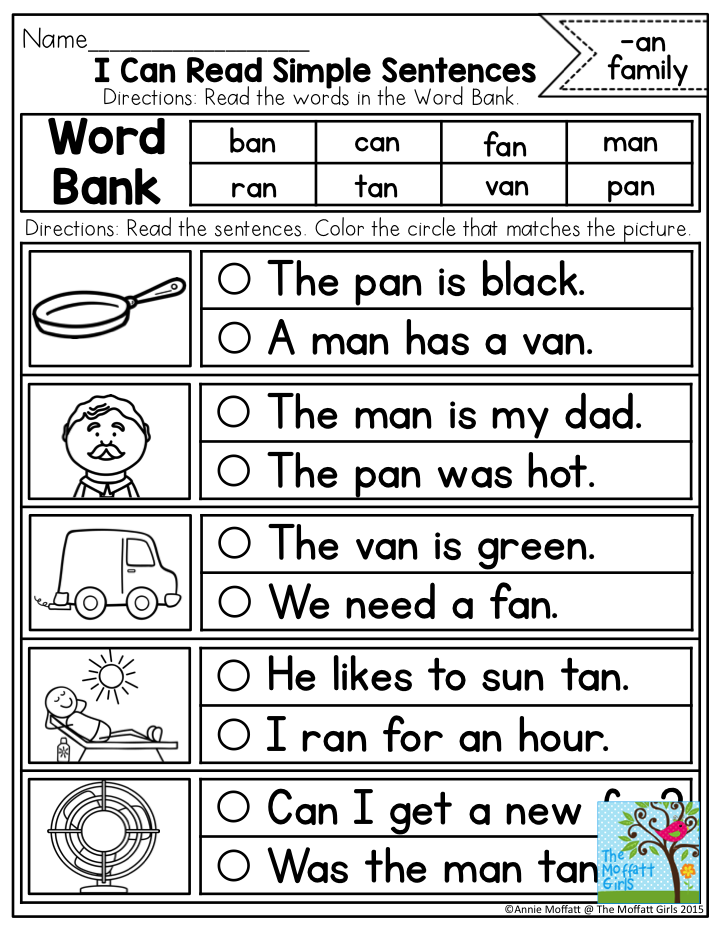 nine0003
nine0003
If the child copes, you can make it more difficult: And cross out in blue, Y - in green, O - paint in purple, Y - circle, etc. It’s good to give “rare” letters from time to time: Ф, Ъ, Ш.
You don’t need to write down the task - we train memory, the child must keep the task in his head.
"Garber language"
The scientist studied the gibberish language and wrote down the words on cards. But all the cards are mixed up. Task: help the professor sort the word cards. All the same words - in one pile. nine0003
The meaning is that words do not carry a semantic load. The exercise develops spelling vigilance, helps to improve reading technique in a playful way.
Prepare cards with pseudo words. Several sets are desirable, where there will be 5-7 words each. Pseudo-words should differ by one or two letters, the order of letters, etc., but only slightly, almost imperceptibly. For example, you can use such "gibberish words": "MURBURKA", "MURBURGA", "MURBURGA", "MUBRURKA", "MUBRUKRA", etc.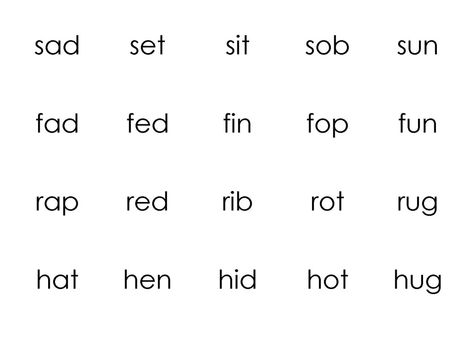 nine0003
nine0003
Reading “tops and spines”
the child reads "by the top". If at the beginning it will be difficult, allow you to move for a while and peep. The same “on the roots” - close the top of the line to half. This is already more difficult, but over time the child will begin to cope without errors and quickly enough.
"Vrednyuchka"
Vrednyuchka reads words not from left to right, but from right to left. A very useful exercise at the initial stage of learning to read. The child trains without tension, because. does not try to catch and remember the meaning (meaning) of the word. nine0003
It is more difficult to read backwards, but children have fun, they enjoy practicing and playing with flip words.
Simultaneous reading
The essence of the exercise is that an adult and a child have the same text in front of their eyes. An adult reads expressively aloud, and the child follows (you can use a finger or a pointer).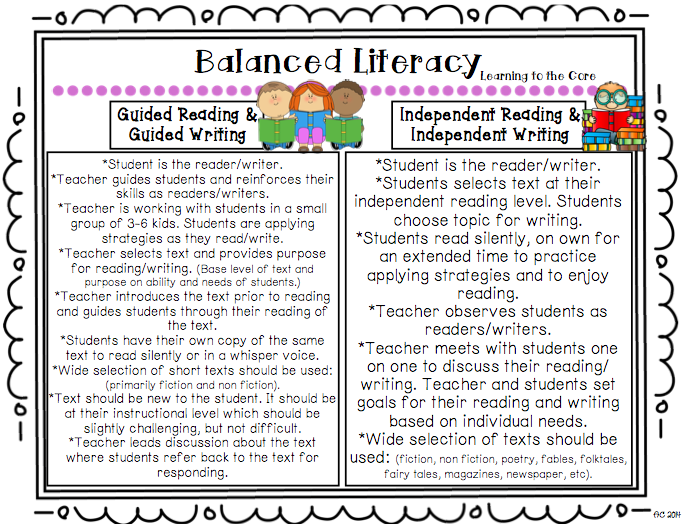 At some point, you can be asked to show the place where the intonation, the pace of reading has changed, find a certain word or sentence, and then read it yourself. nine0003
At some point, you can be asked to show the place where the intonation, the pace of reading has changed, find a certain word or sentence, and then read it yourself. nine0003
These tasks are aimed at increasing the level of RAM.
Visual dictation
The child is given 1 sentence. He looks at it, remembers it, and then writes from memory. Such tasks should be given regularly, it improves RAM. Within a month, you will notice tangible results.
Tongue twisters
To improve the functioning of the articulatory apparatus, tongue twisters are suitable. Learn, repeat, compete who is faster, etc.
“Toss – serif”
The child starts reading at the word “throw”. Hearing the "serif", he leans back in his chair and closes his eyes - he is resting. After 5 seconds again "throw!" - the child must quickly find the place where he finished and continue reading. Moreover, you can’t follow with a finger or a pointer, only with your eyes.